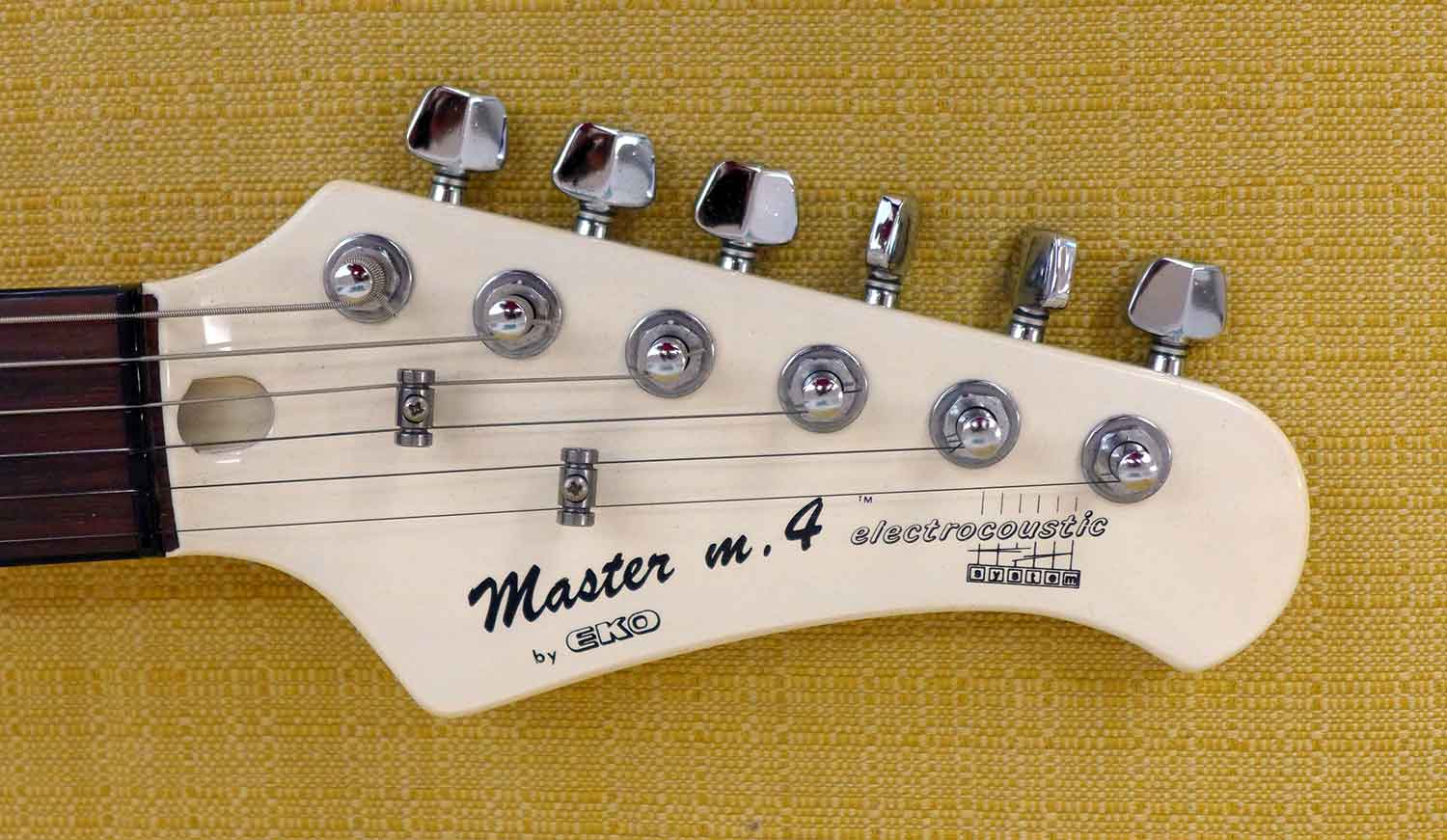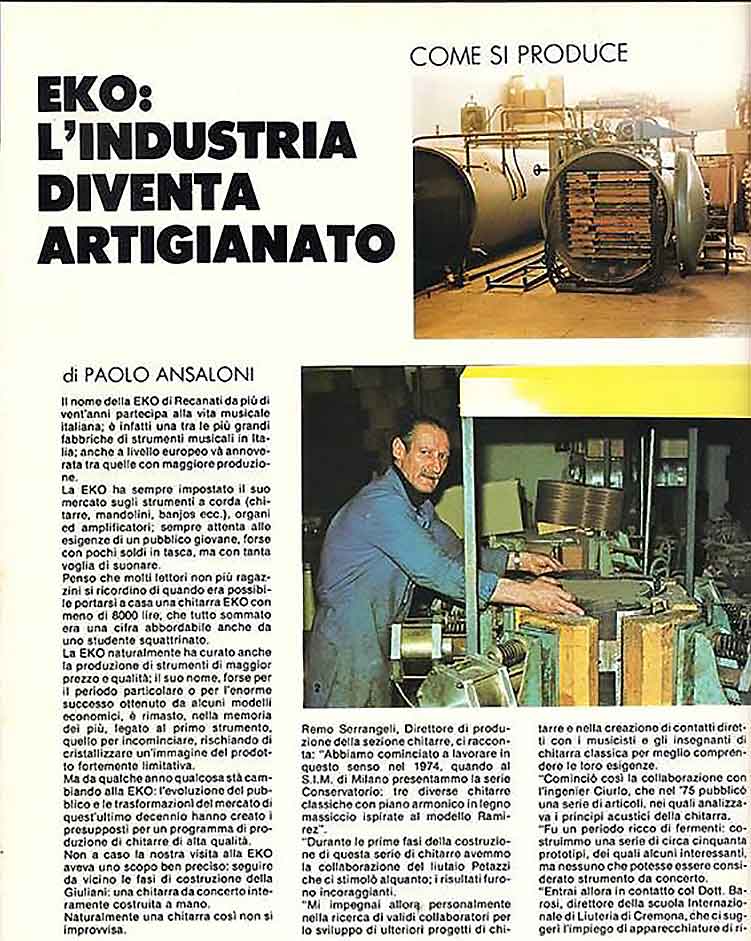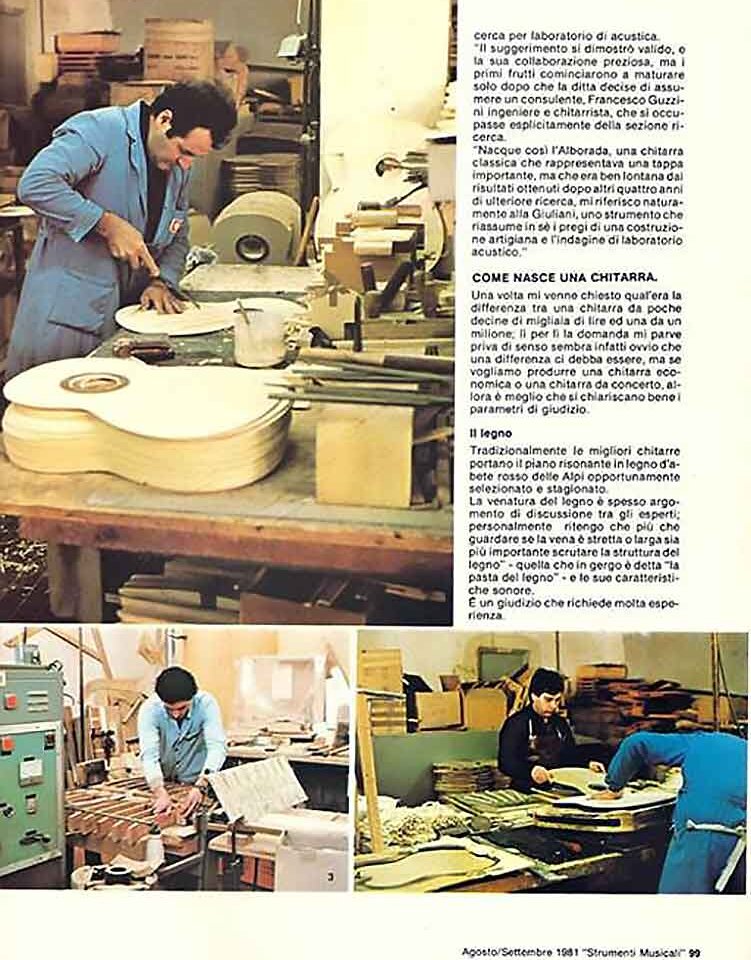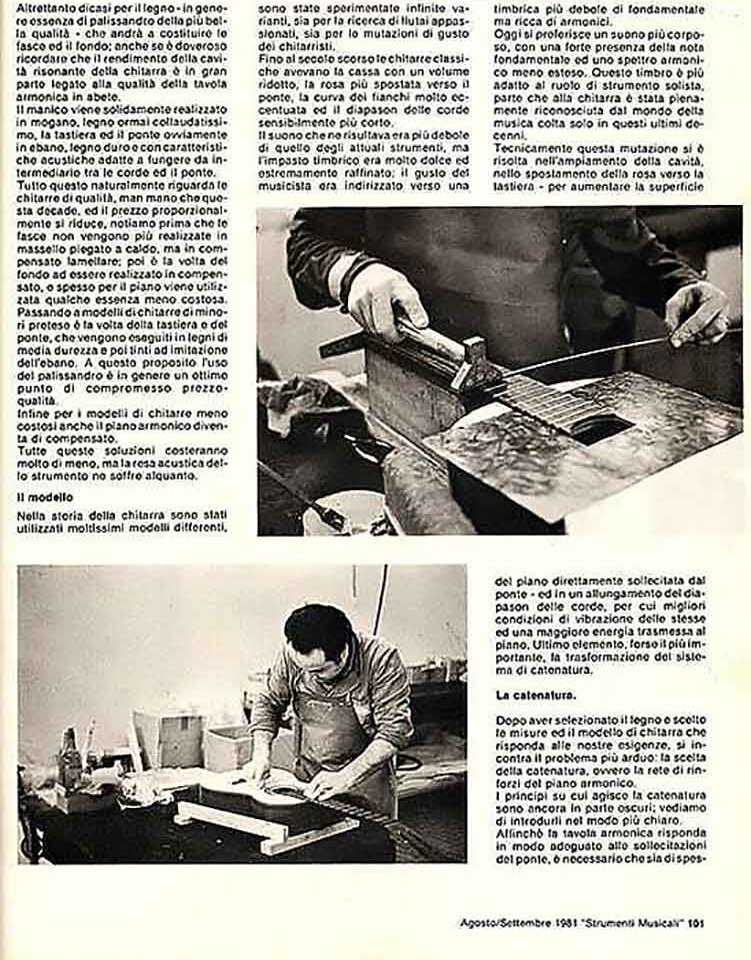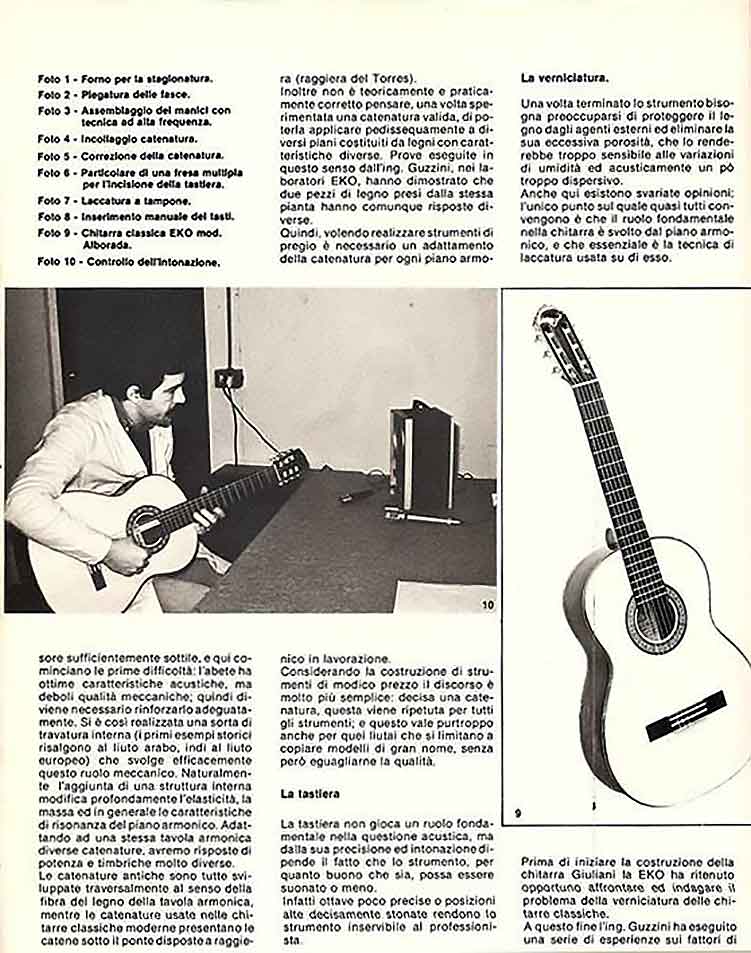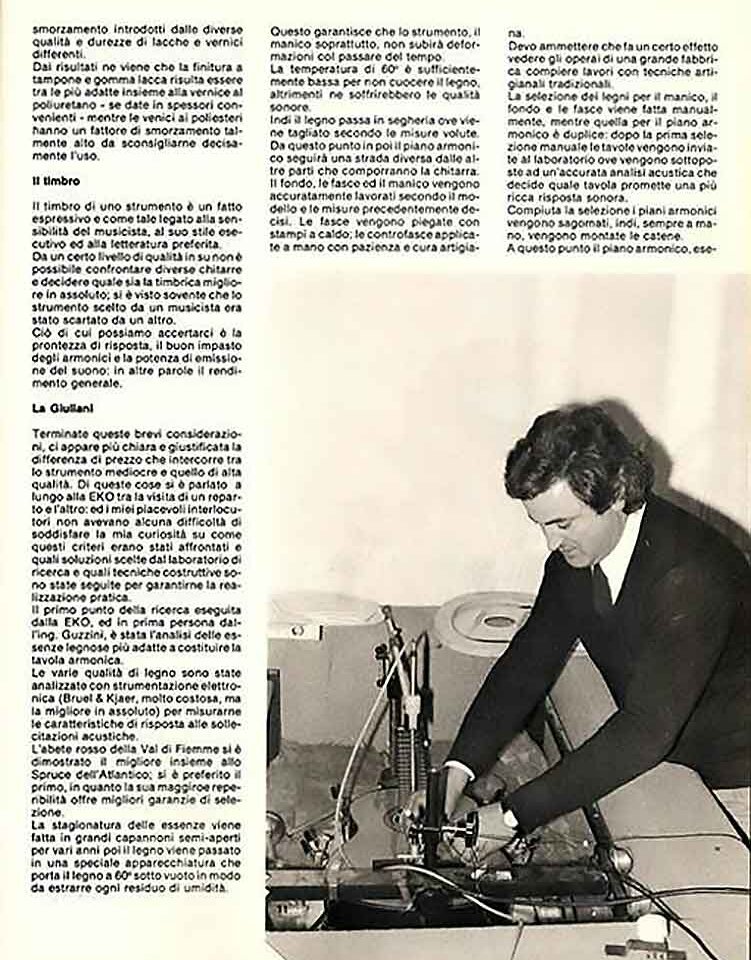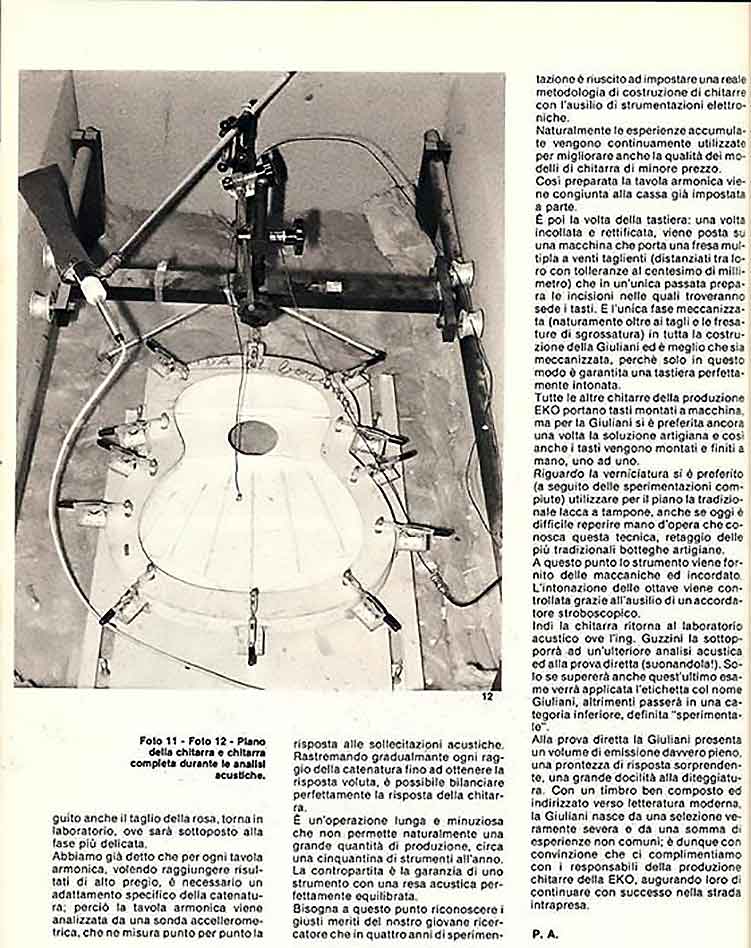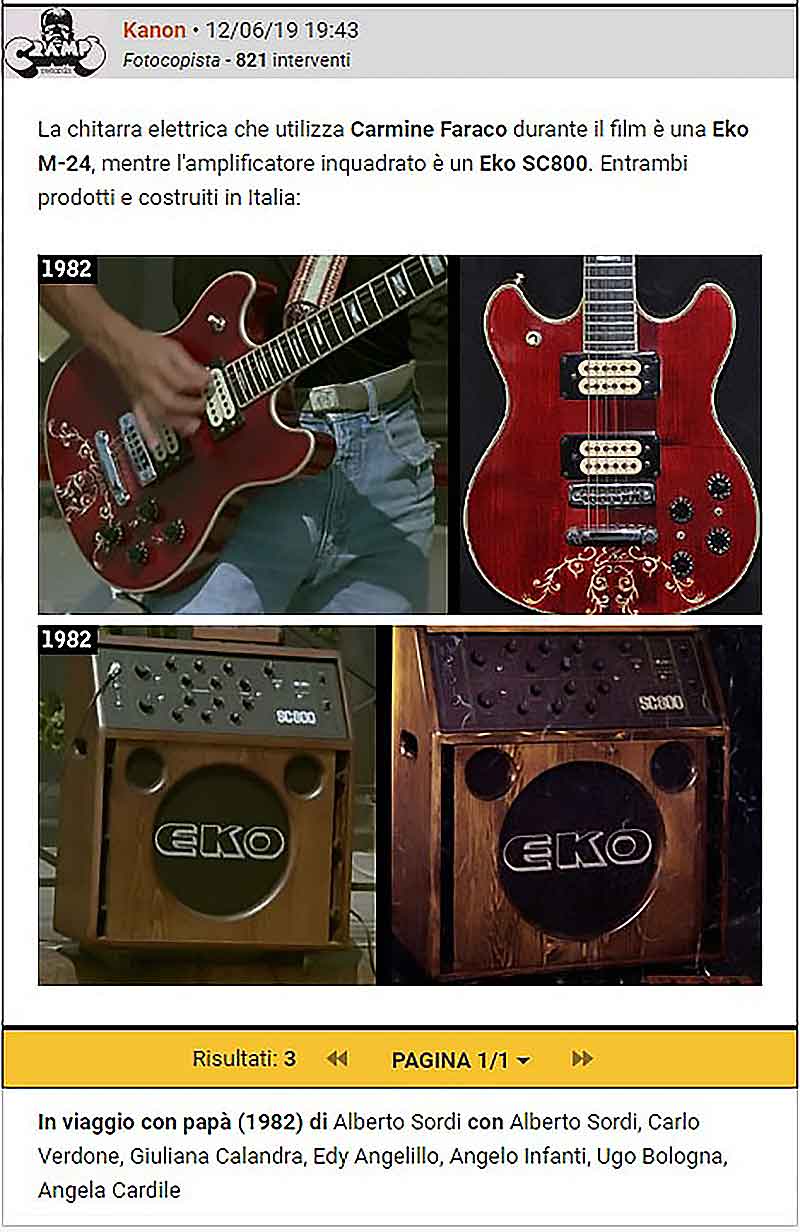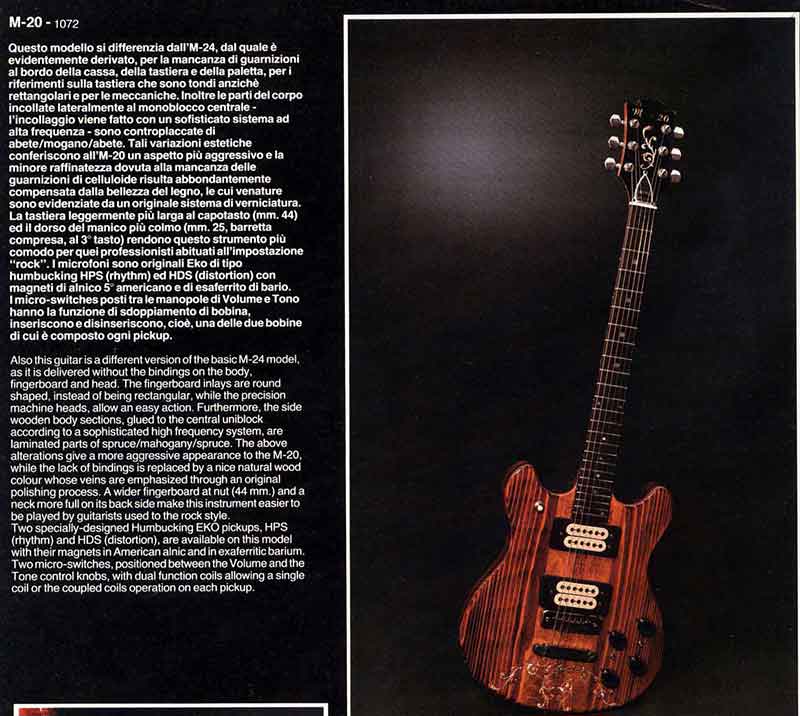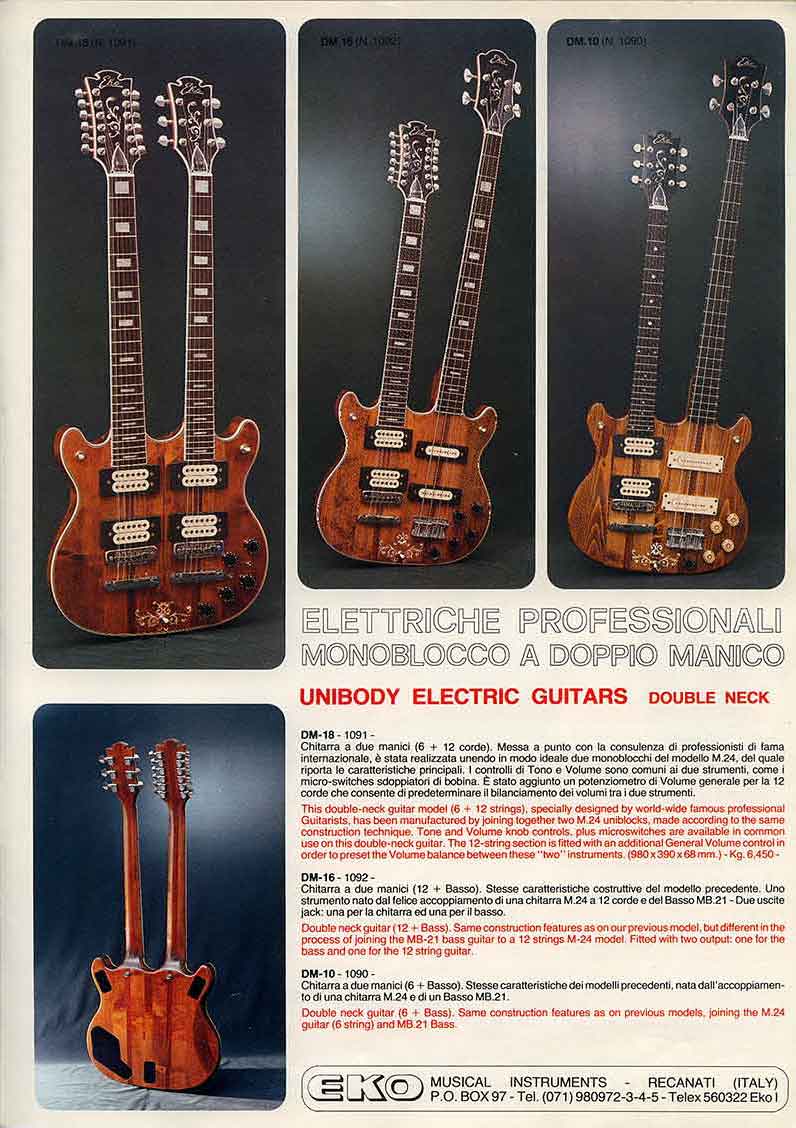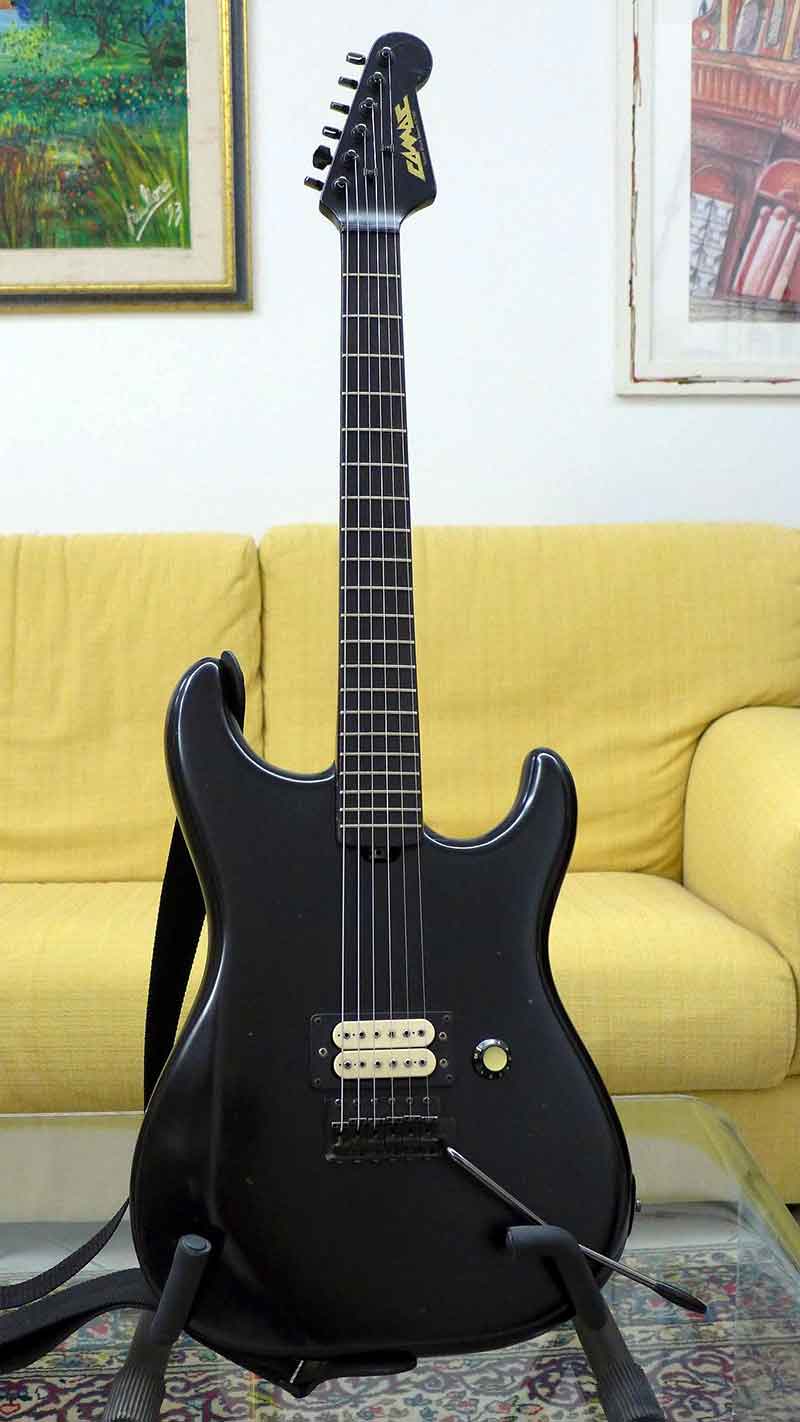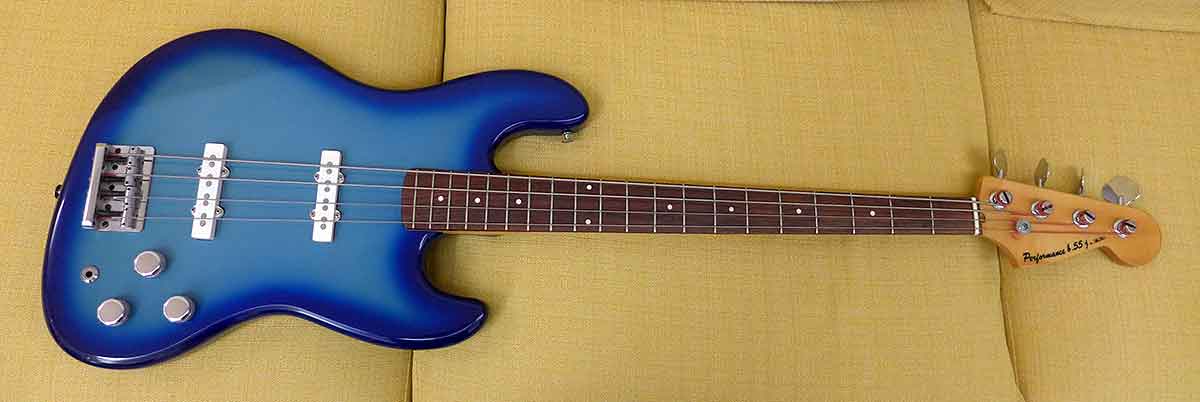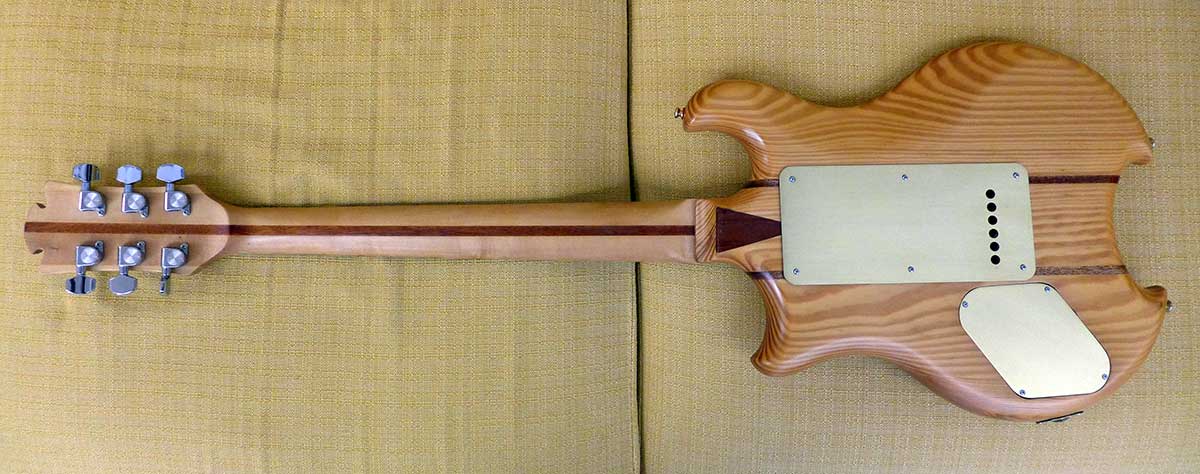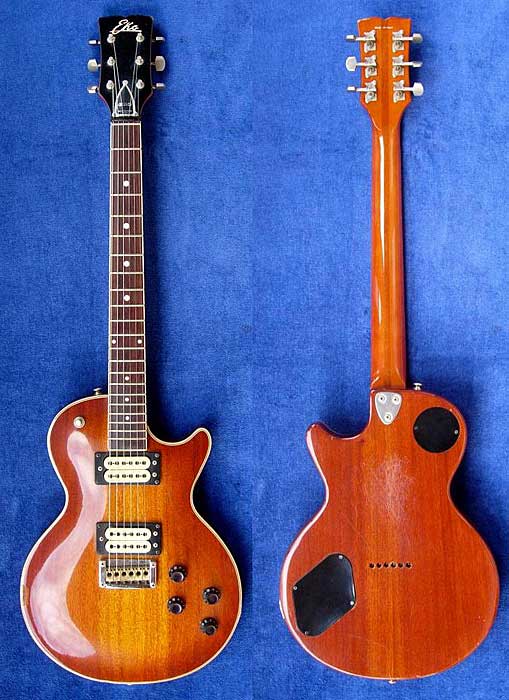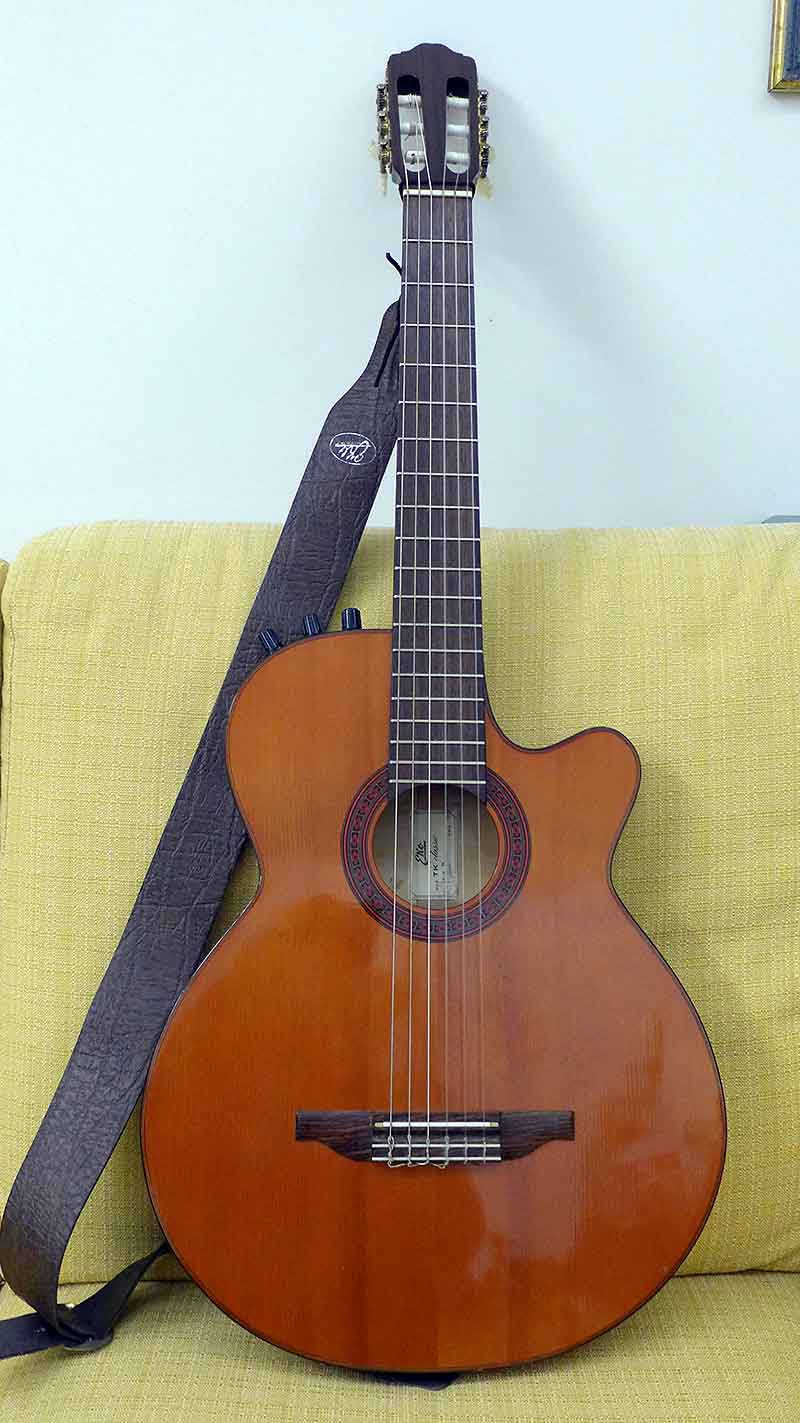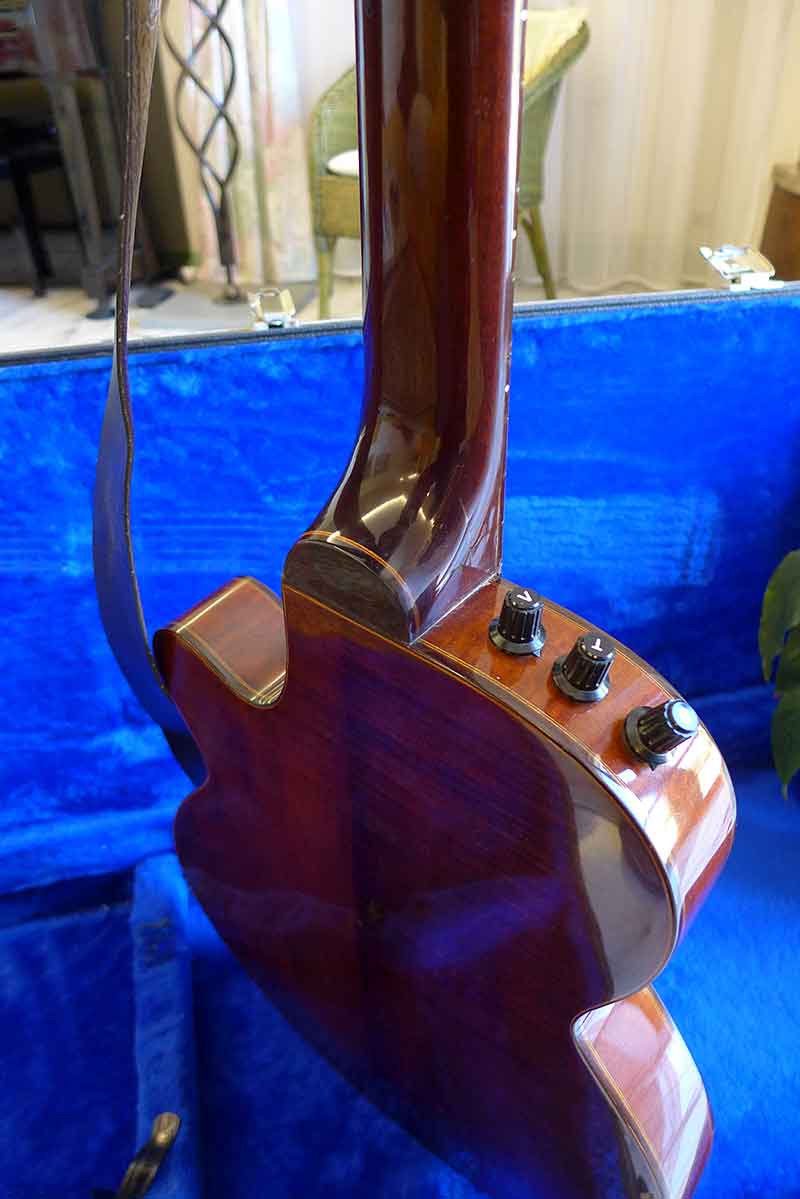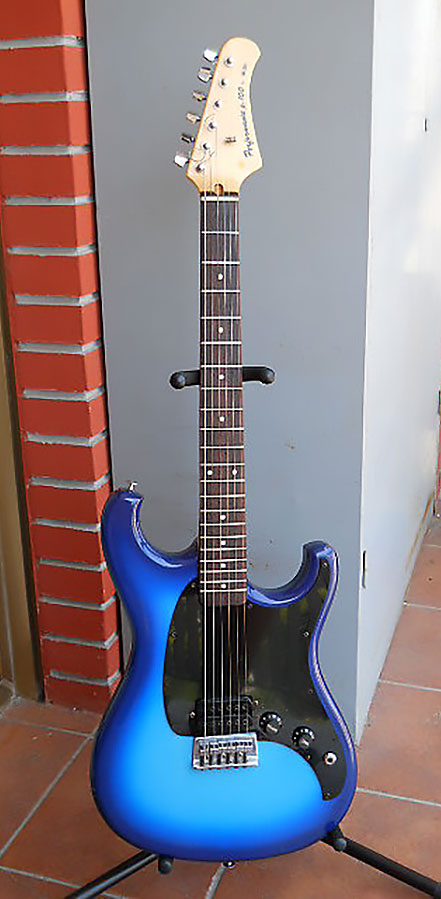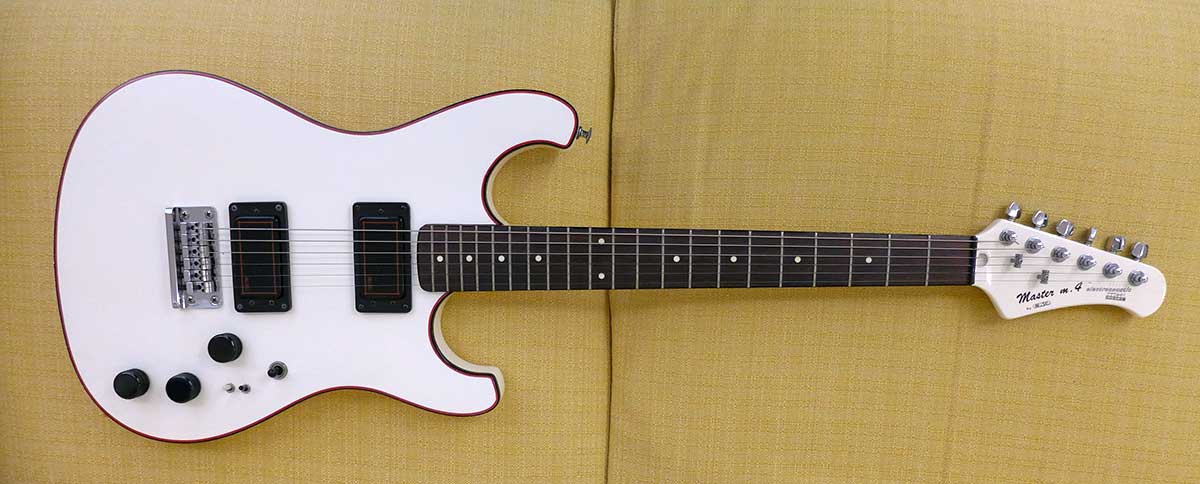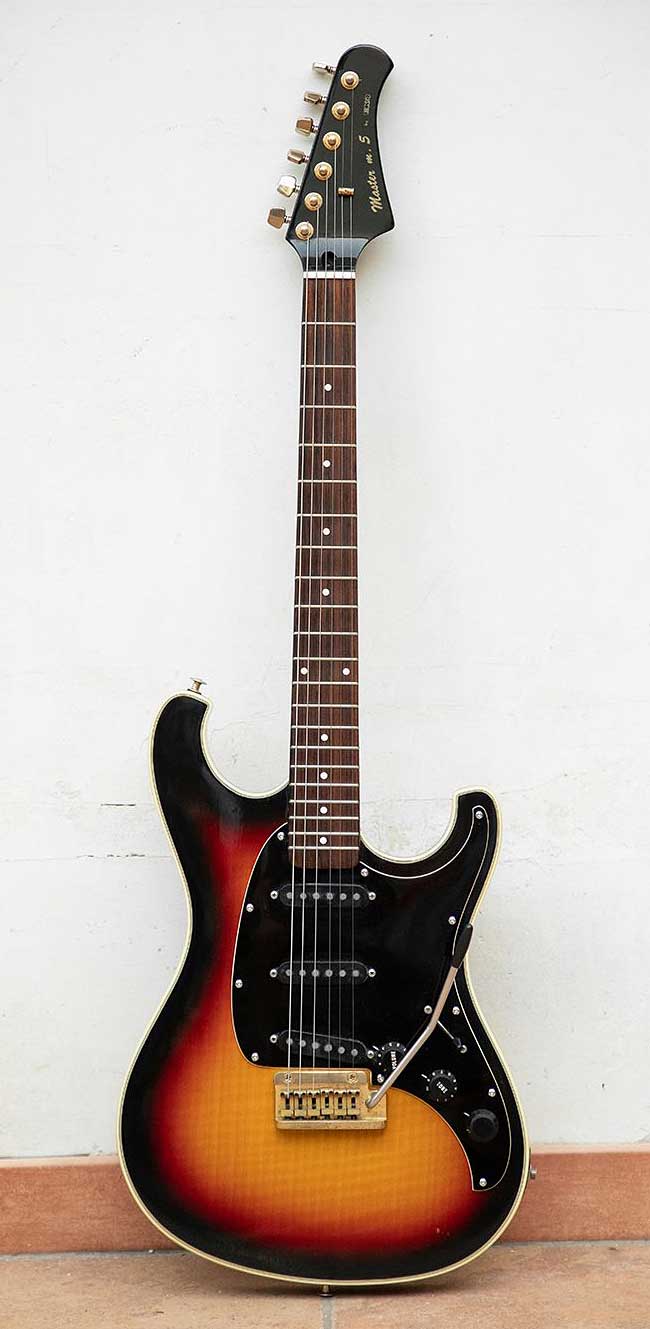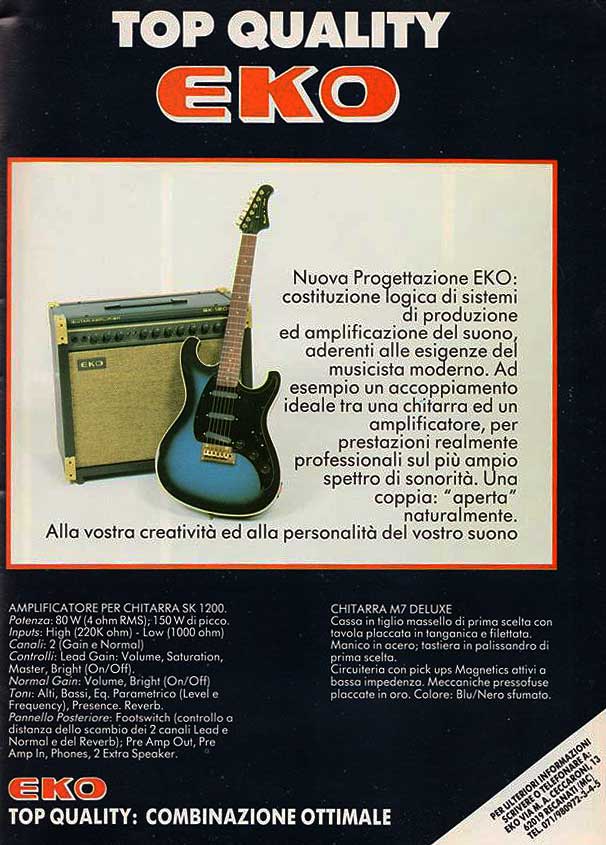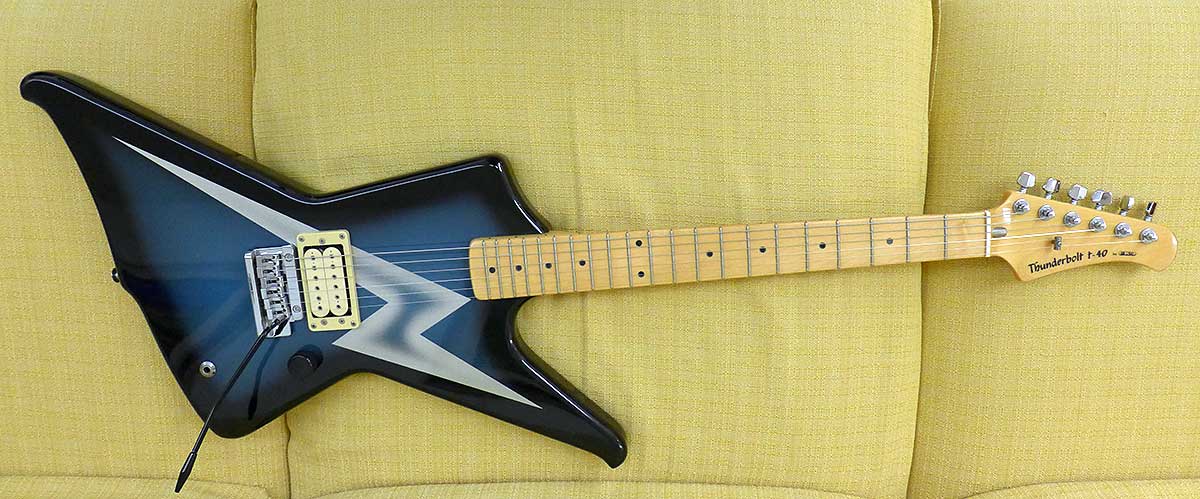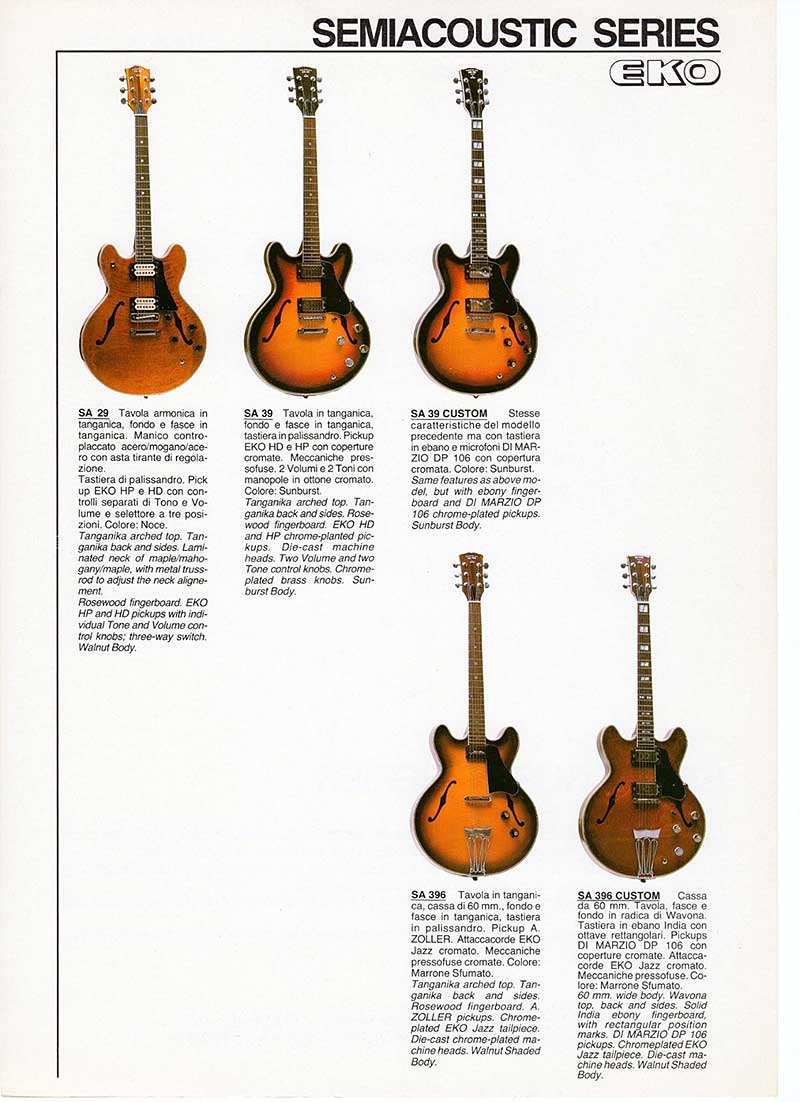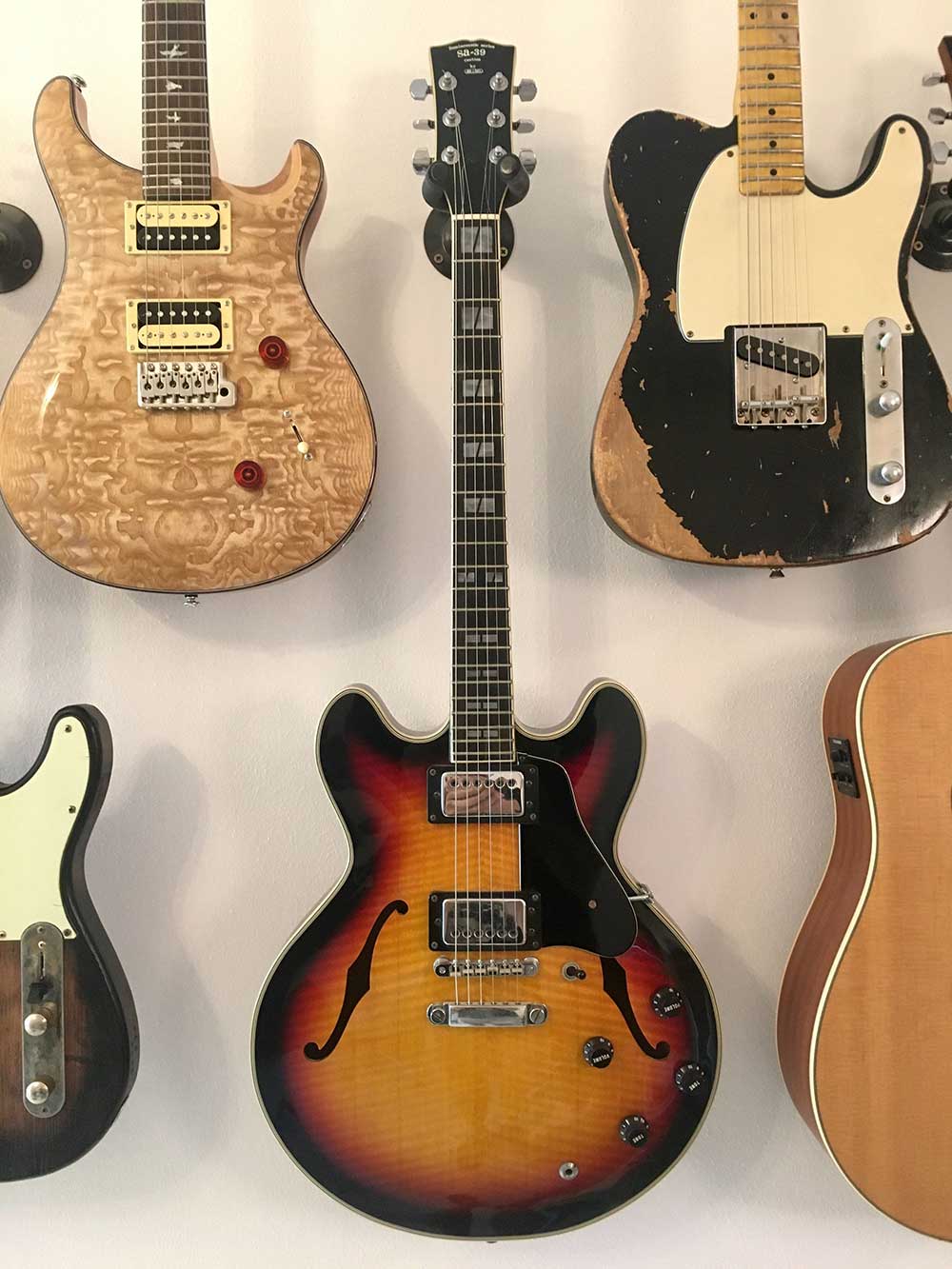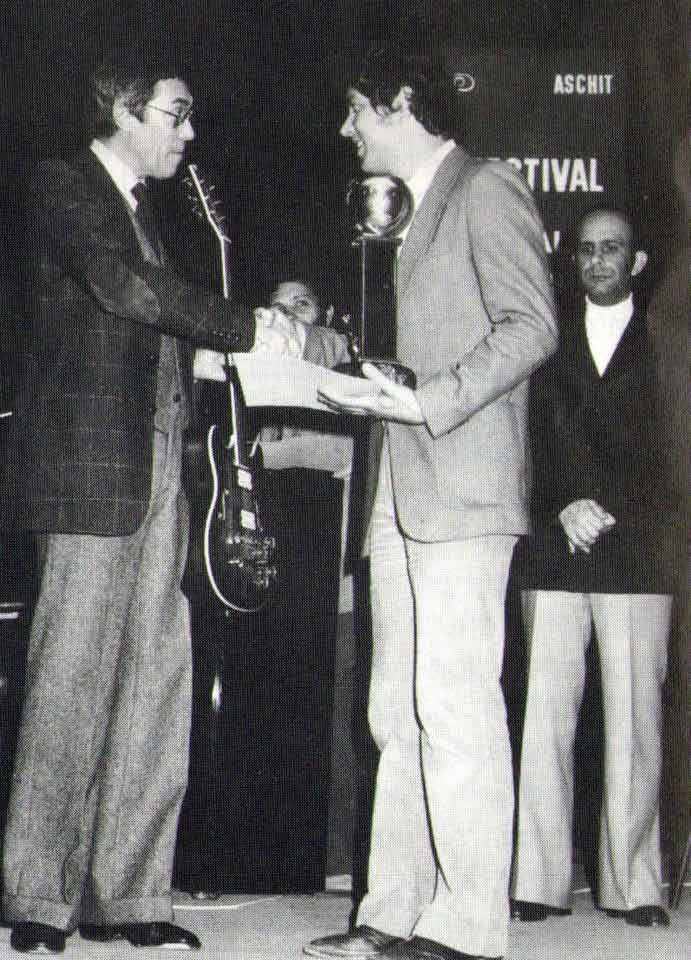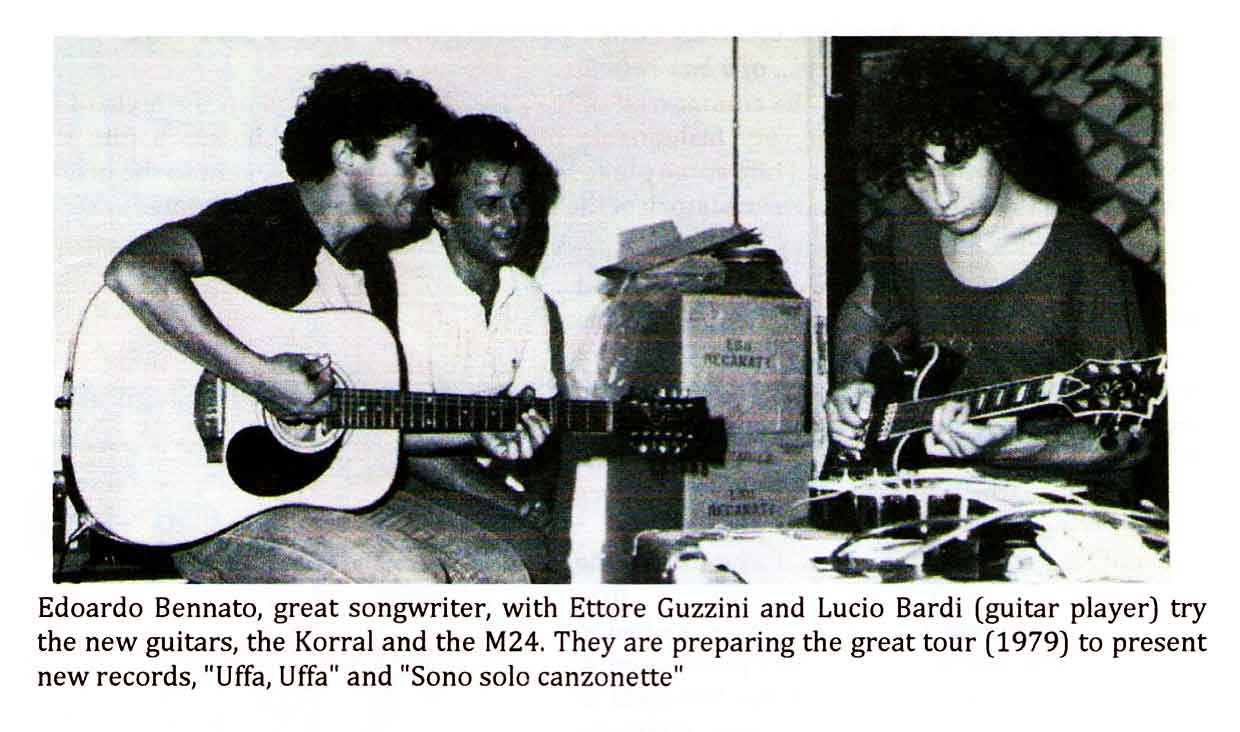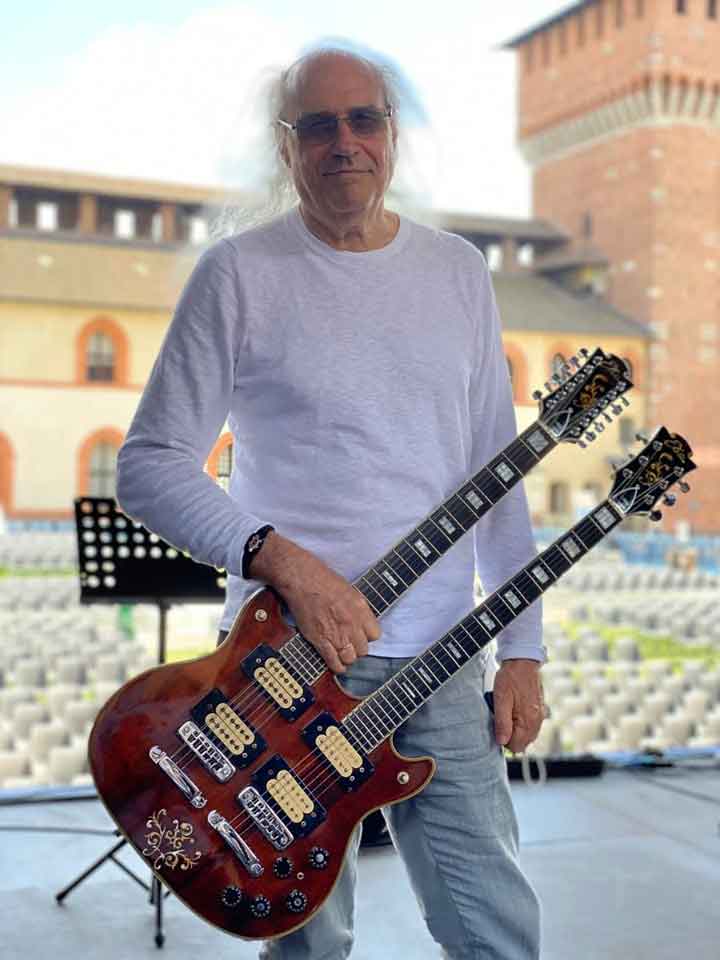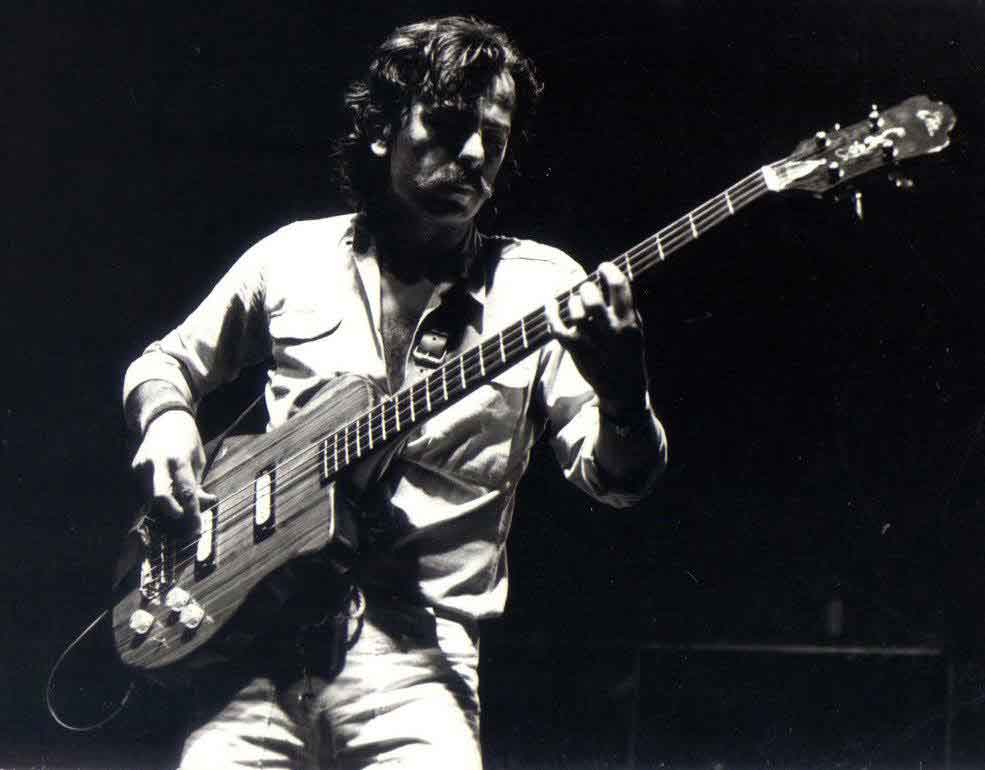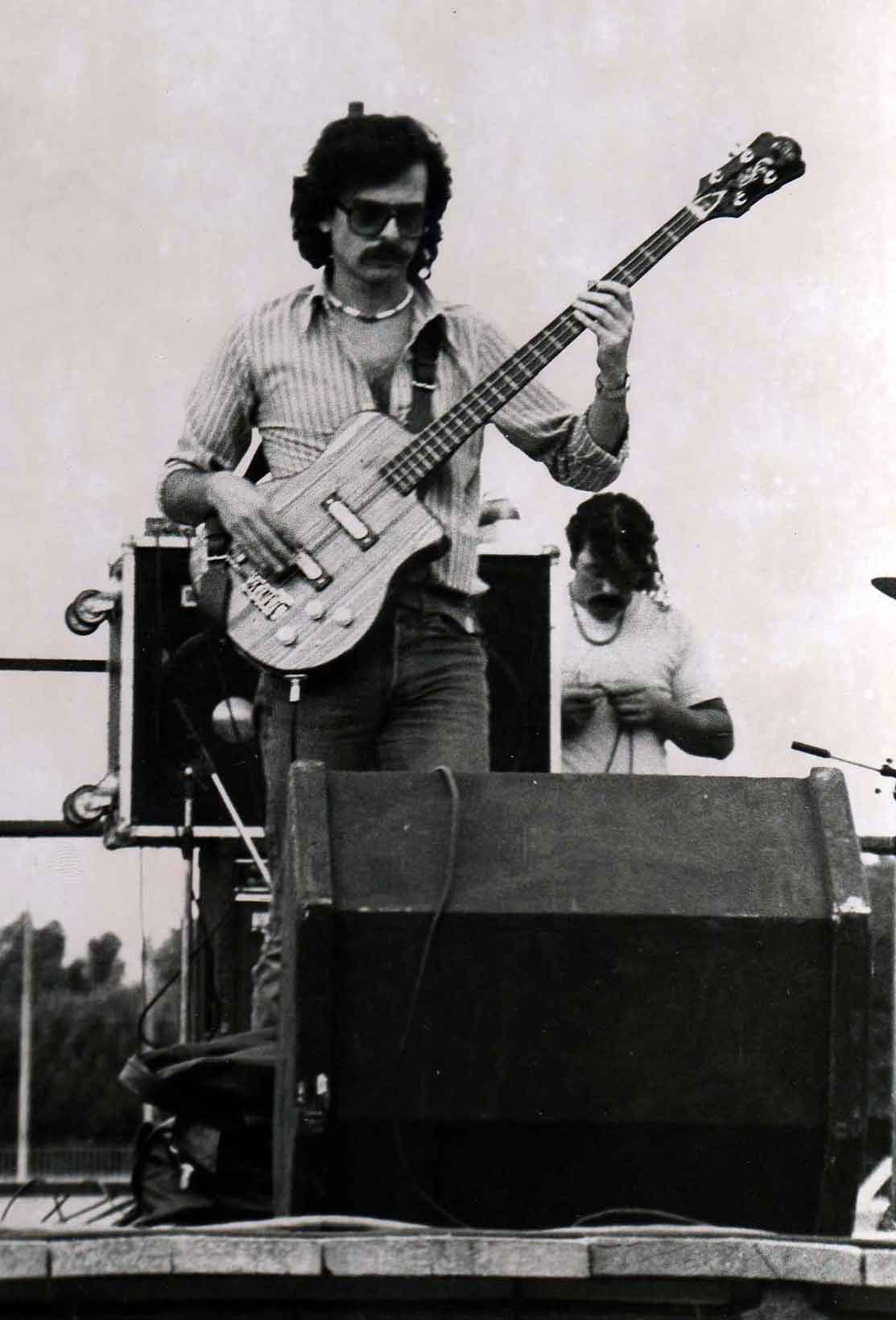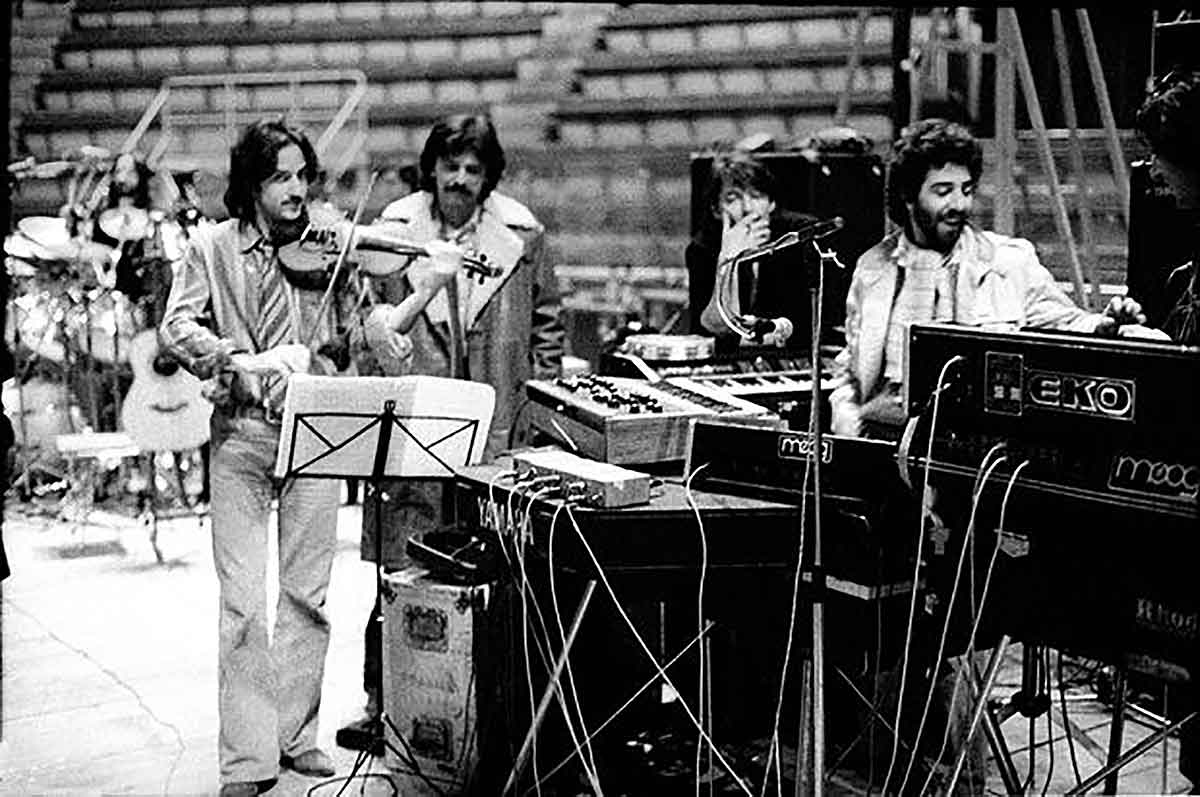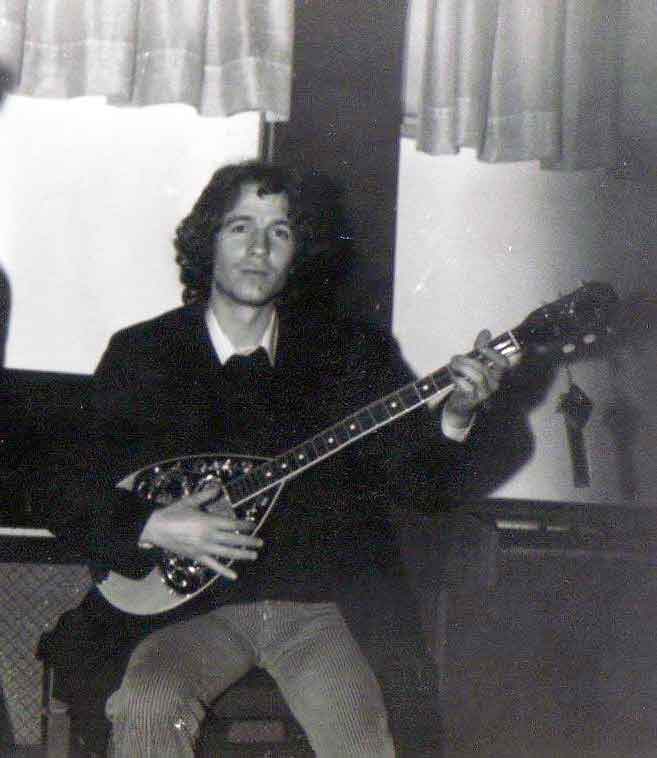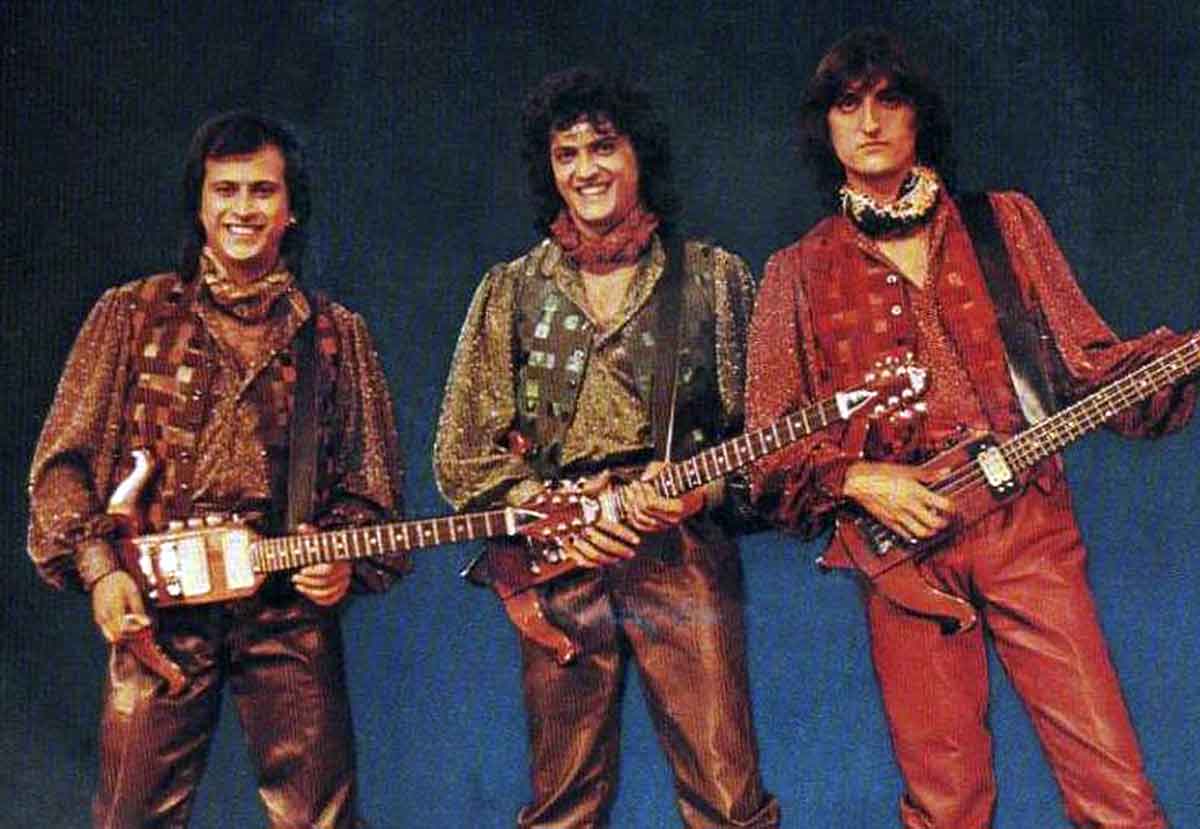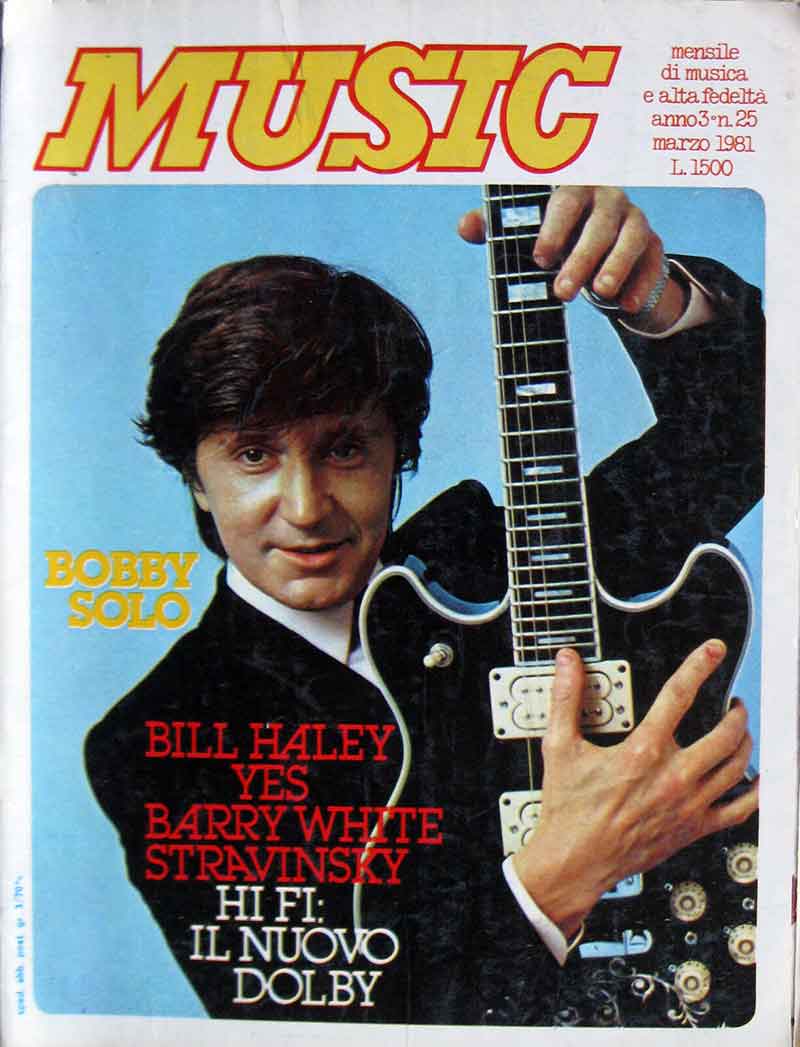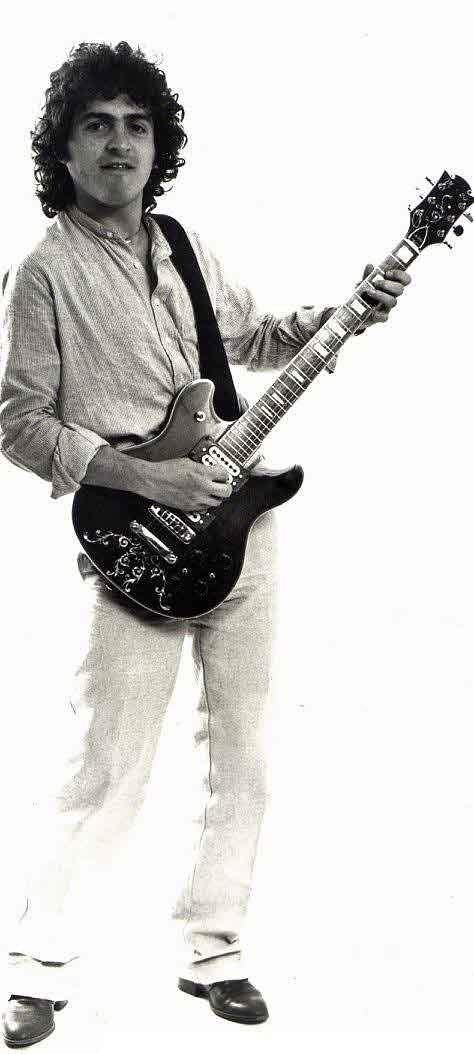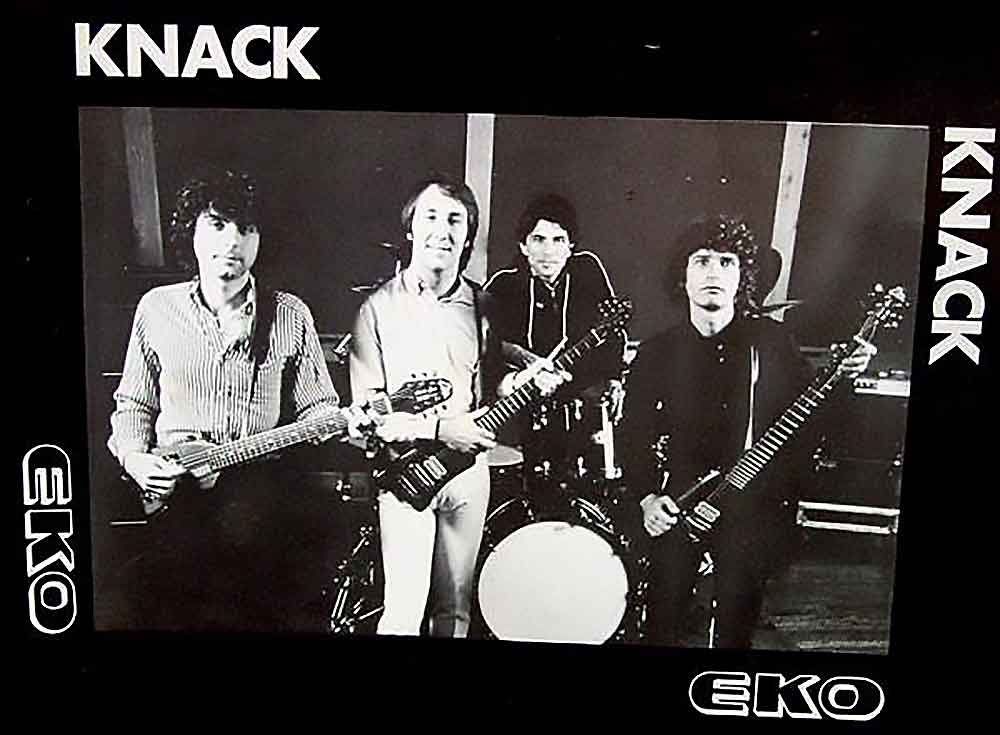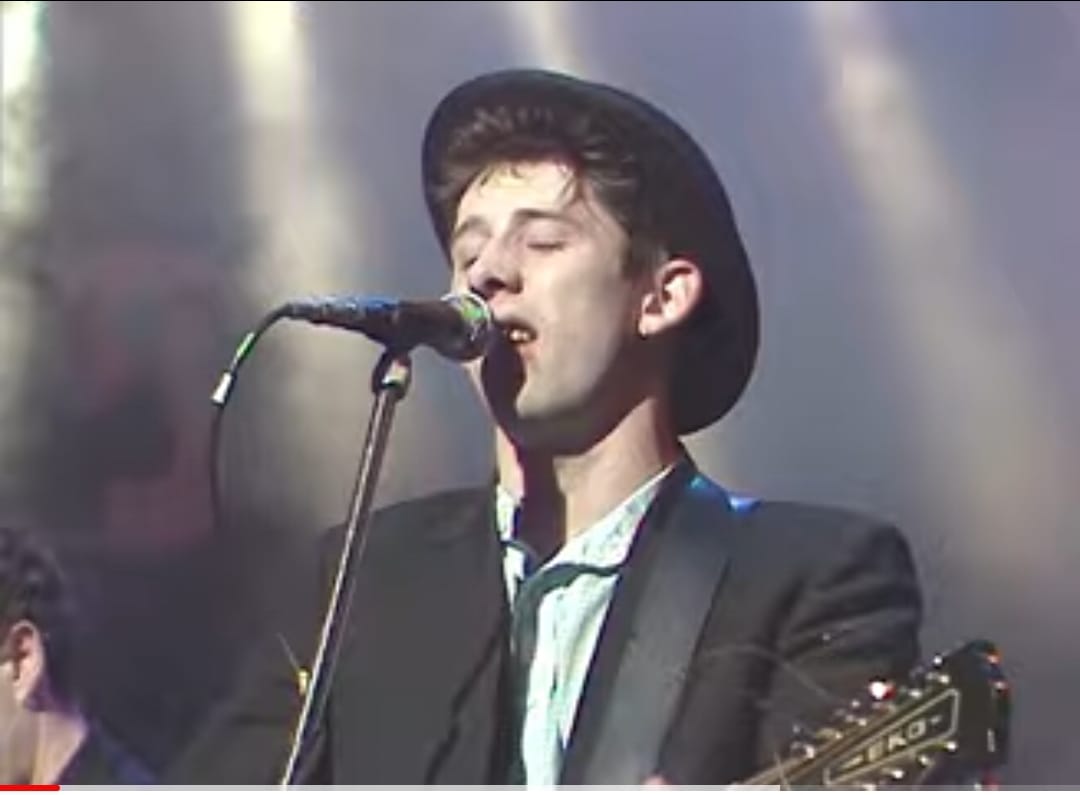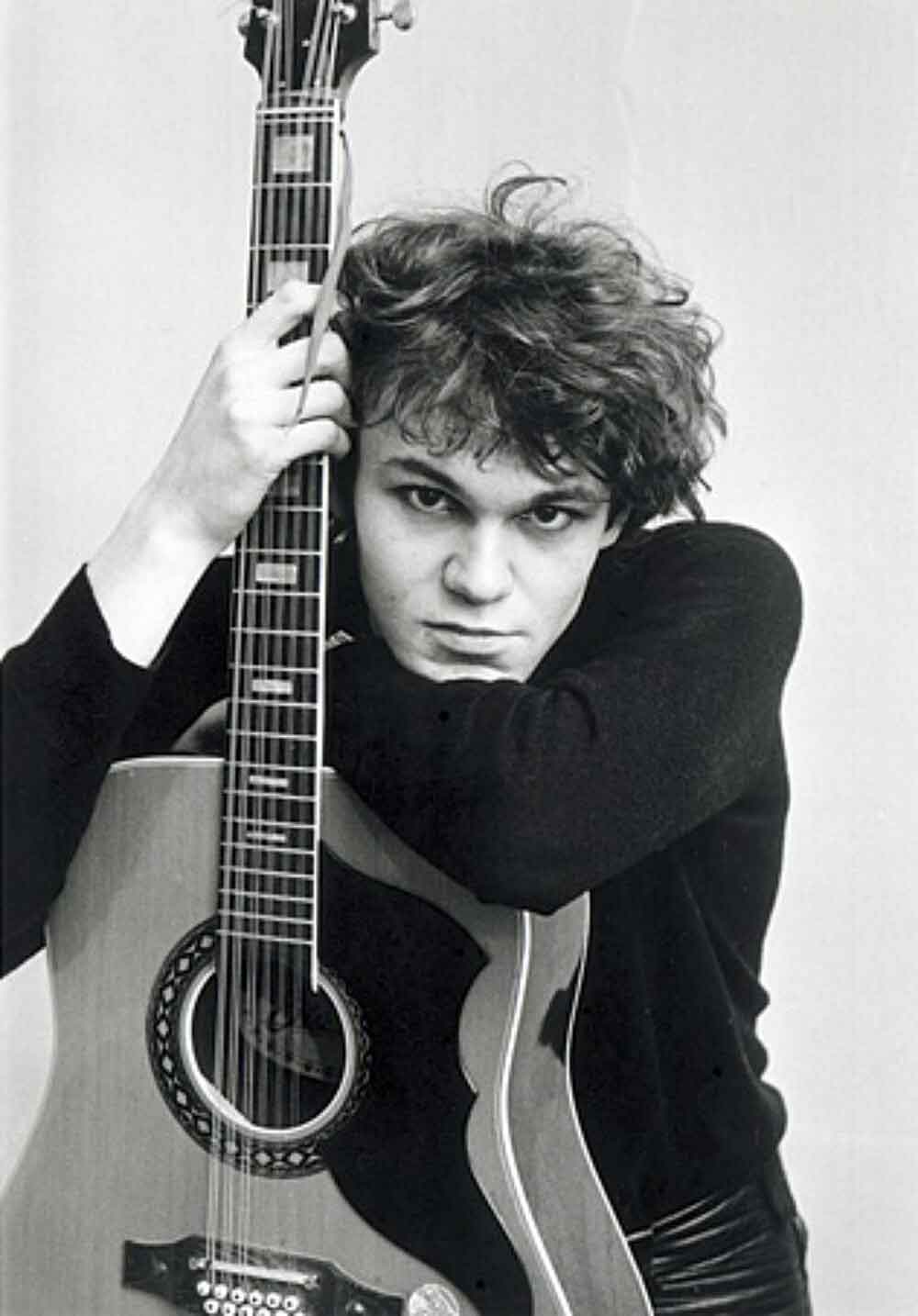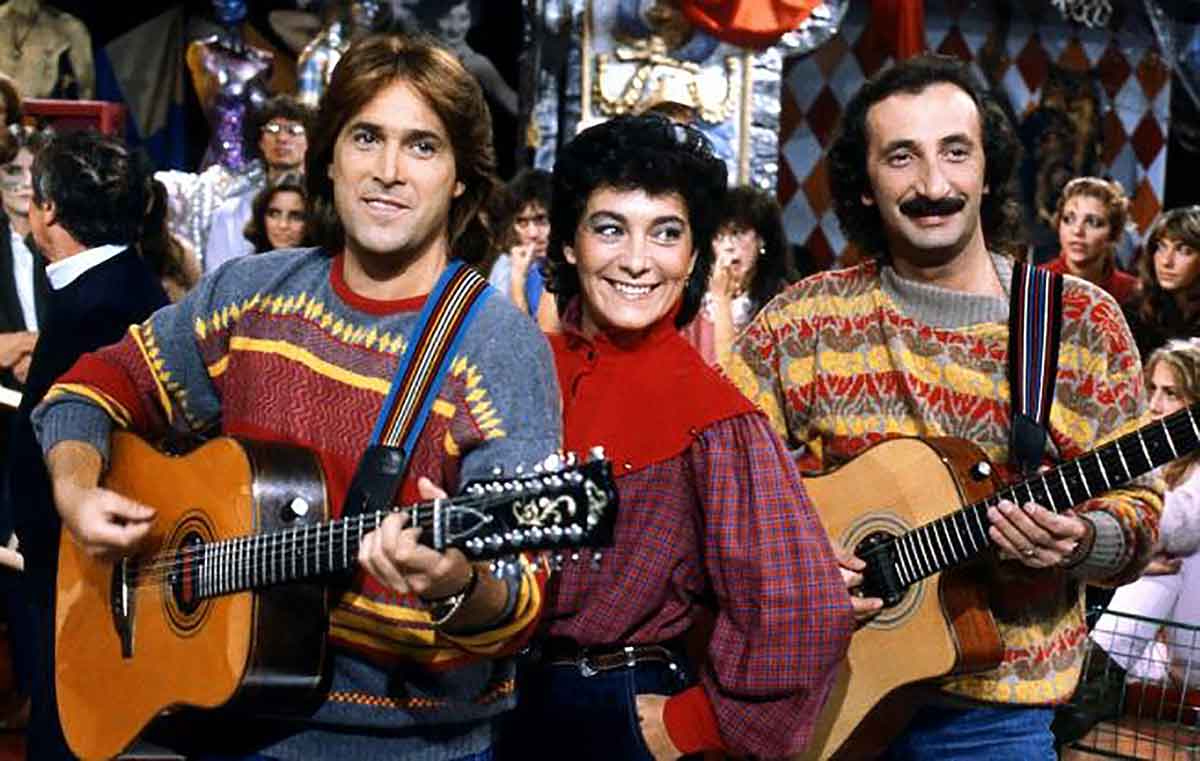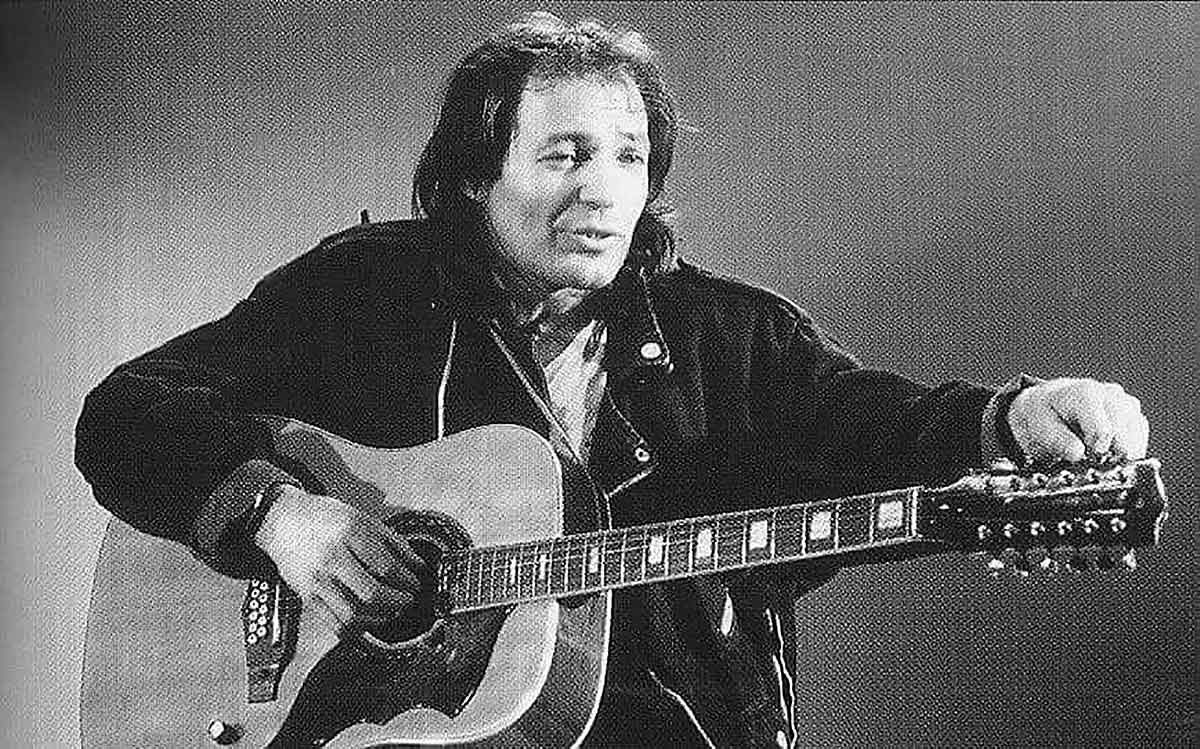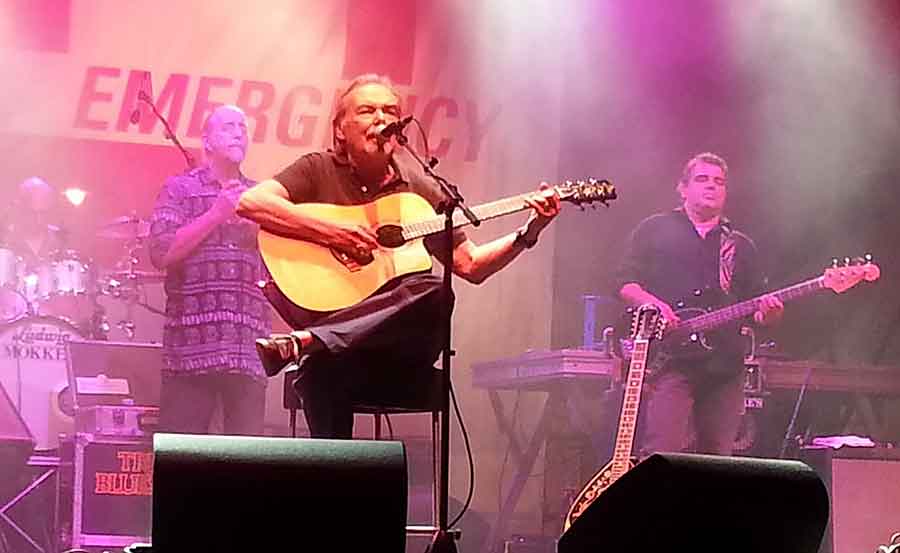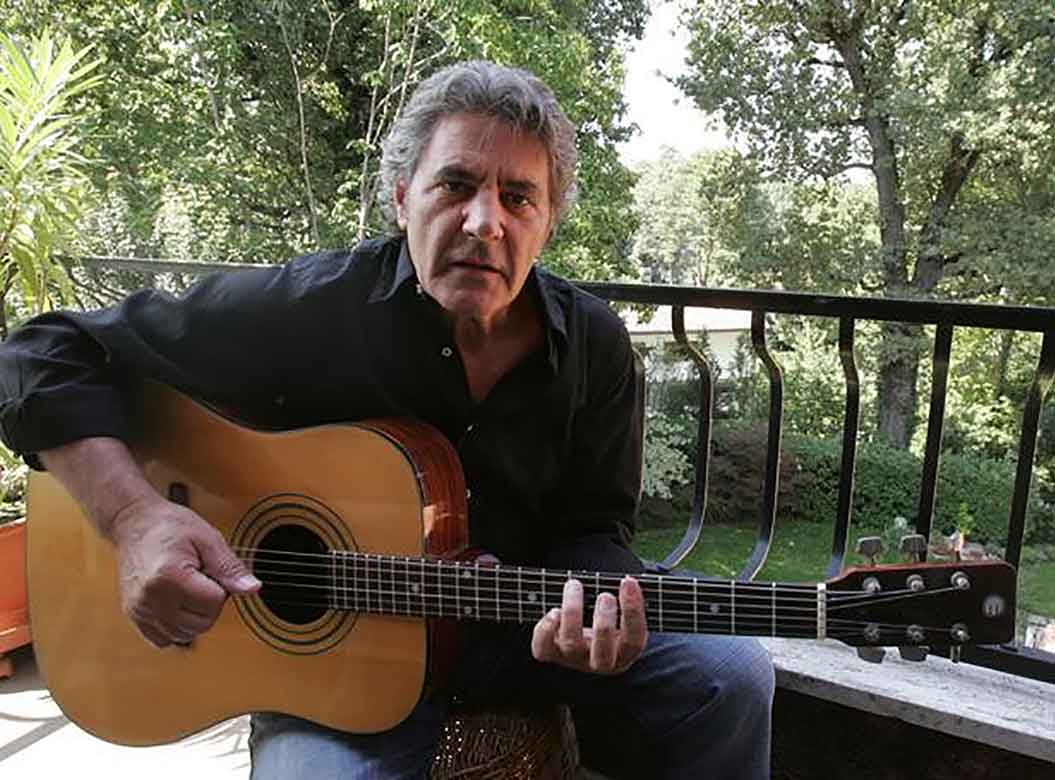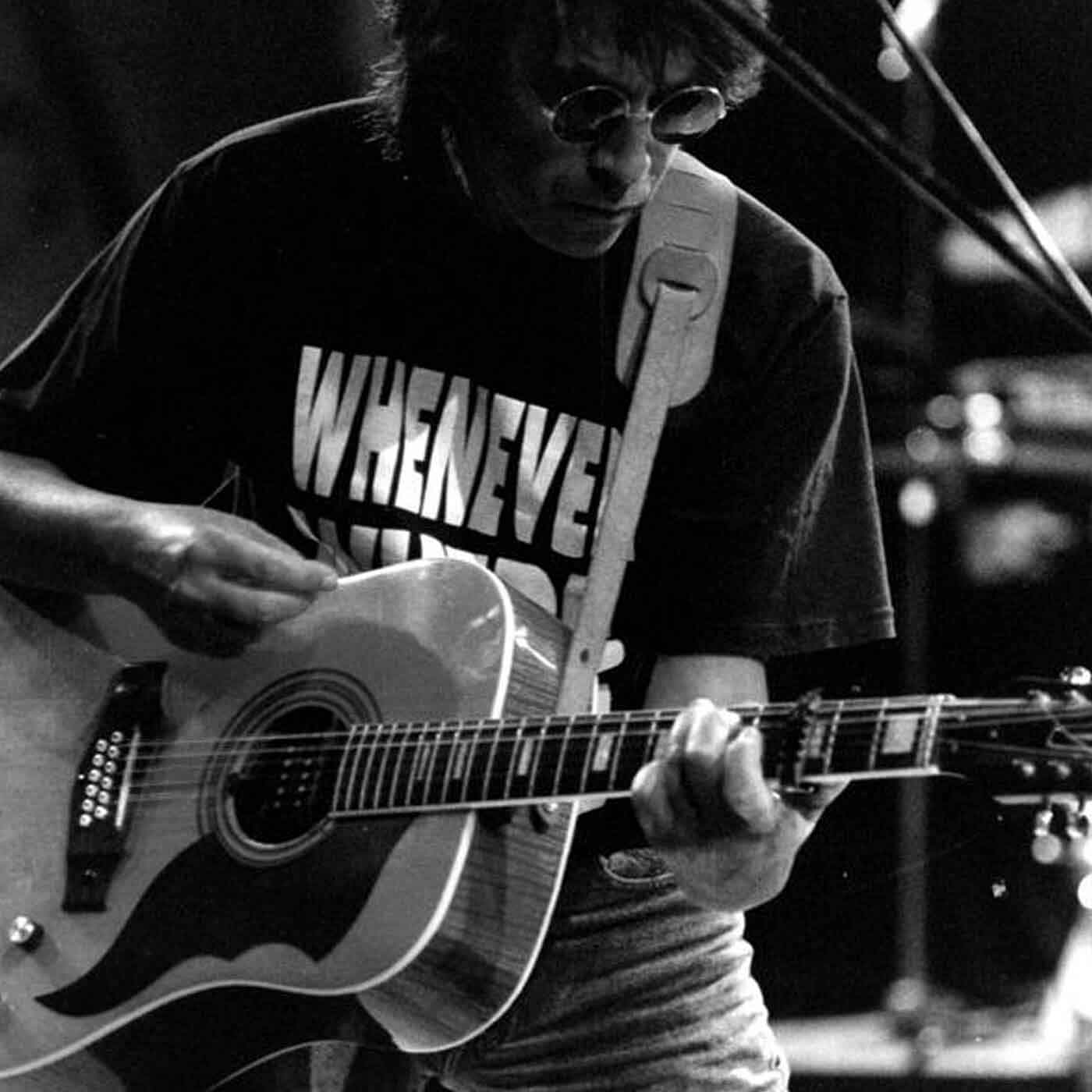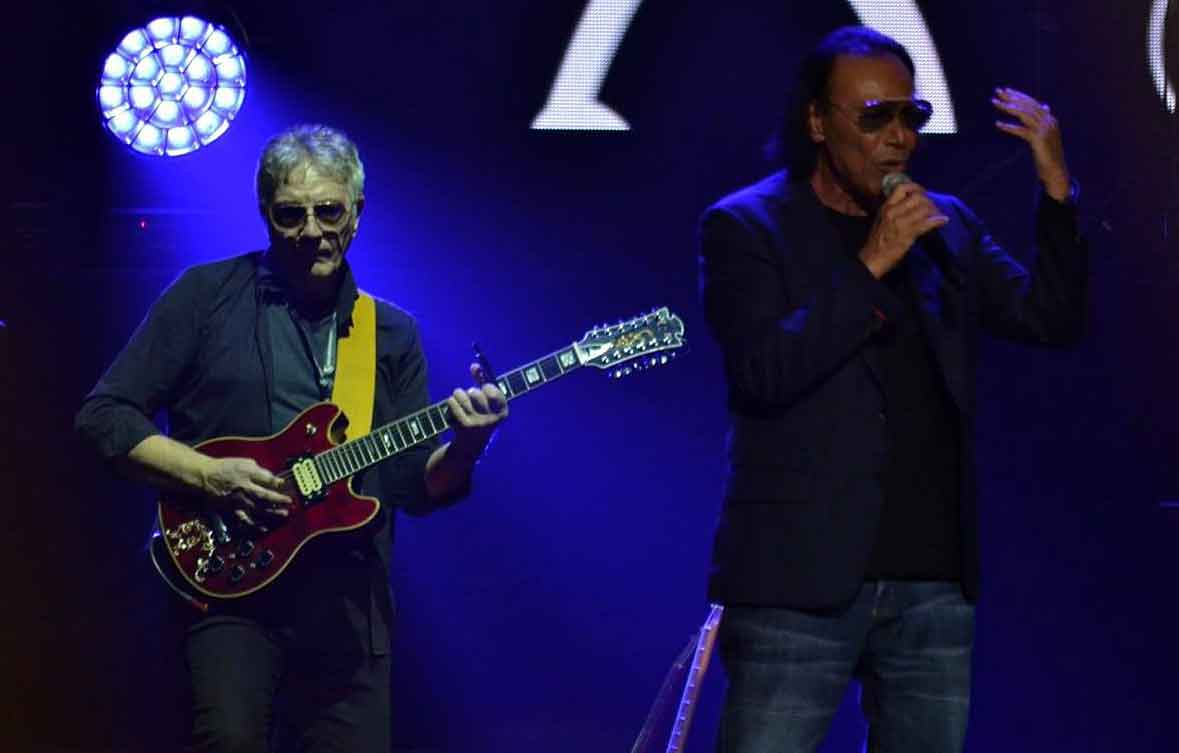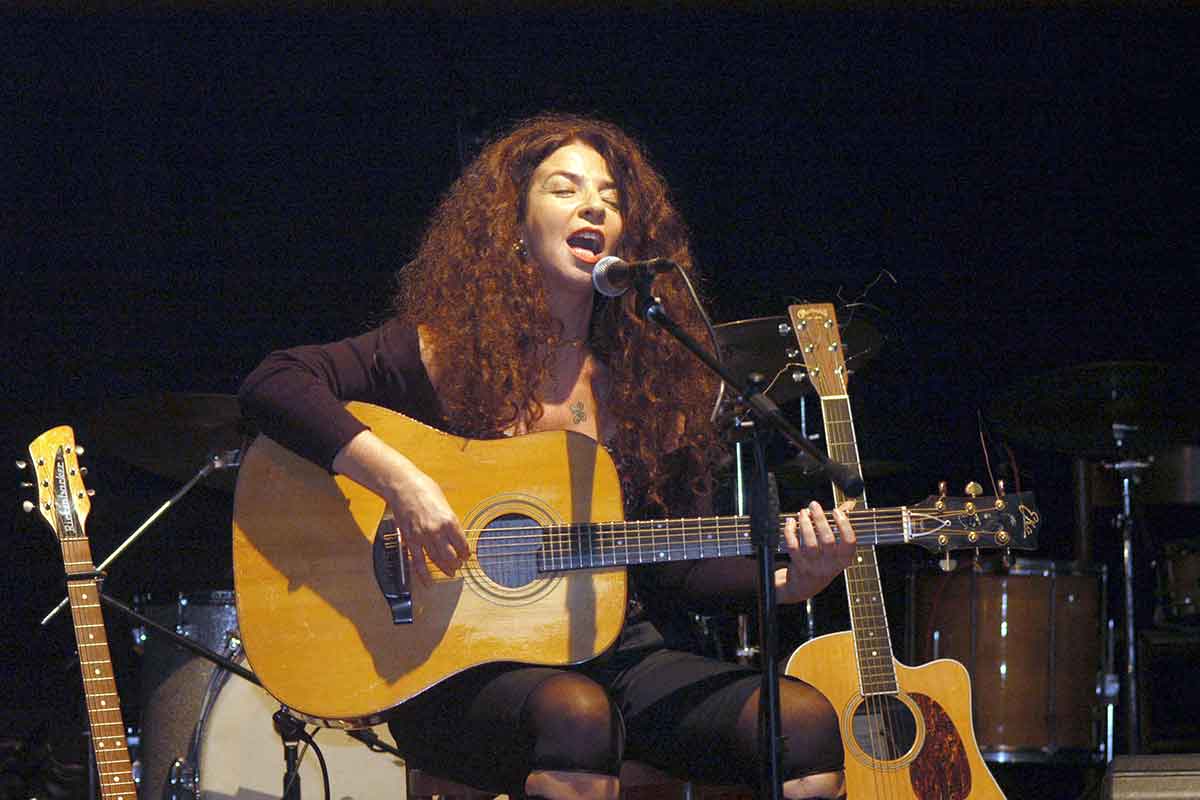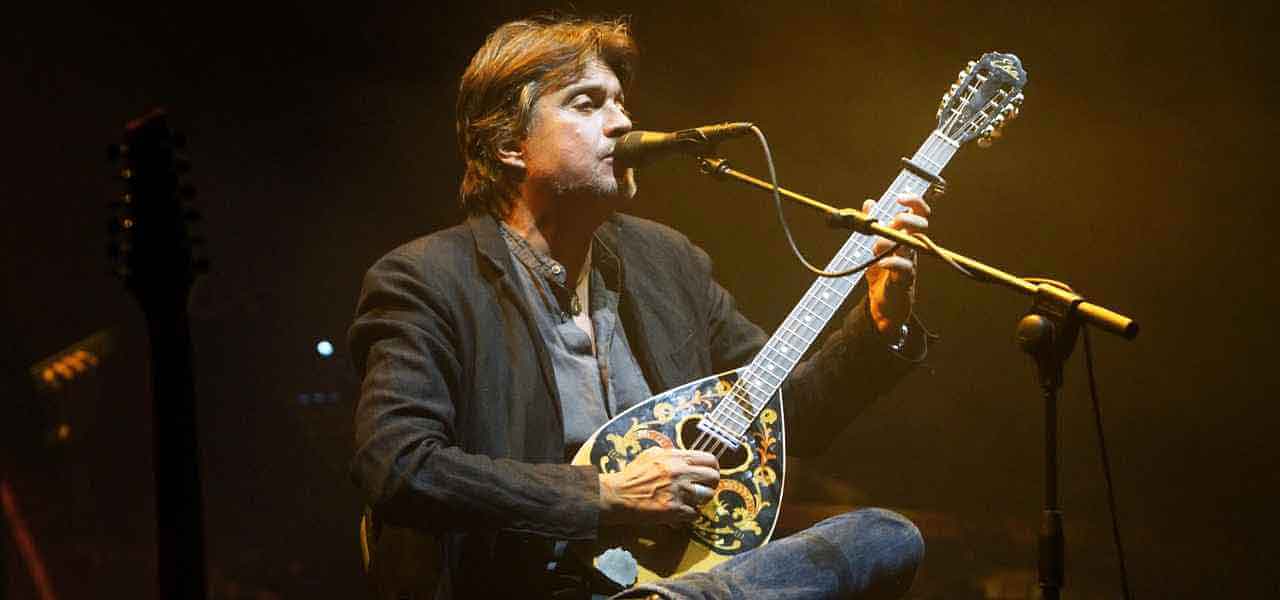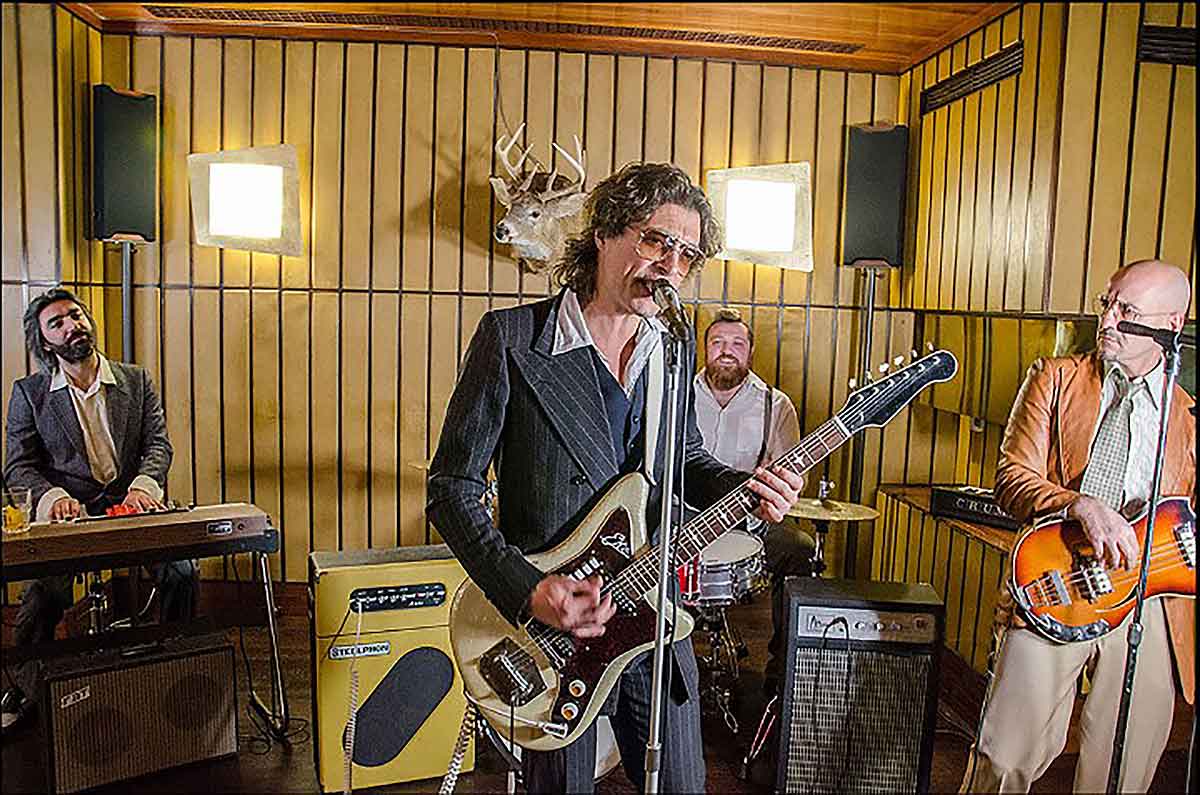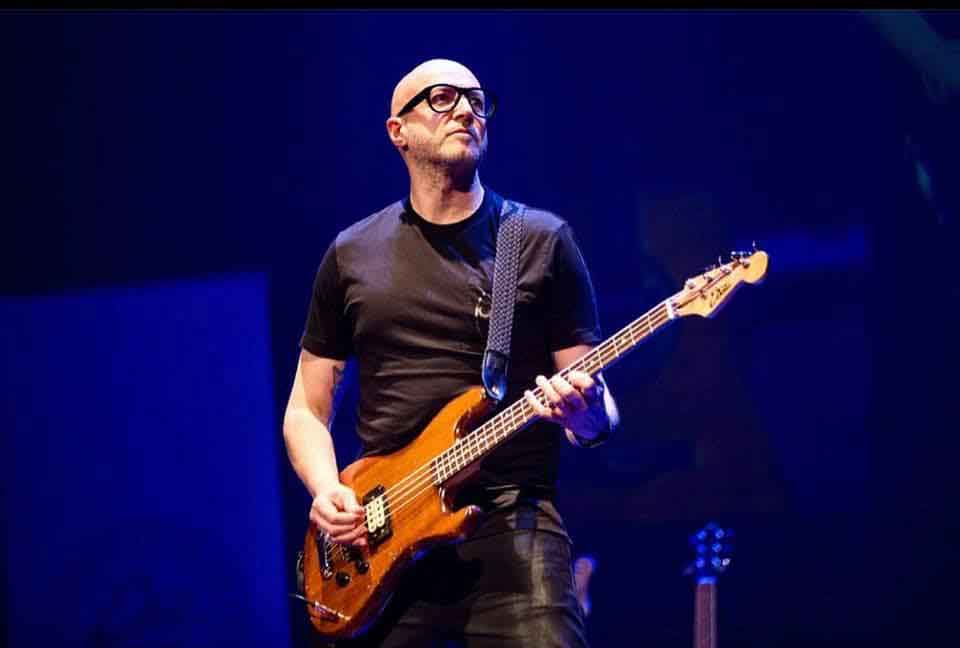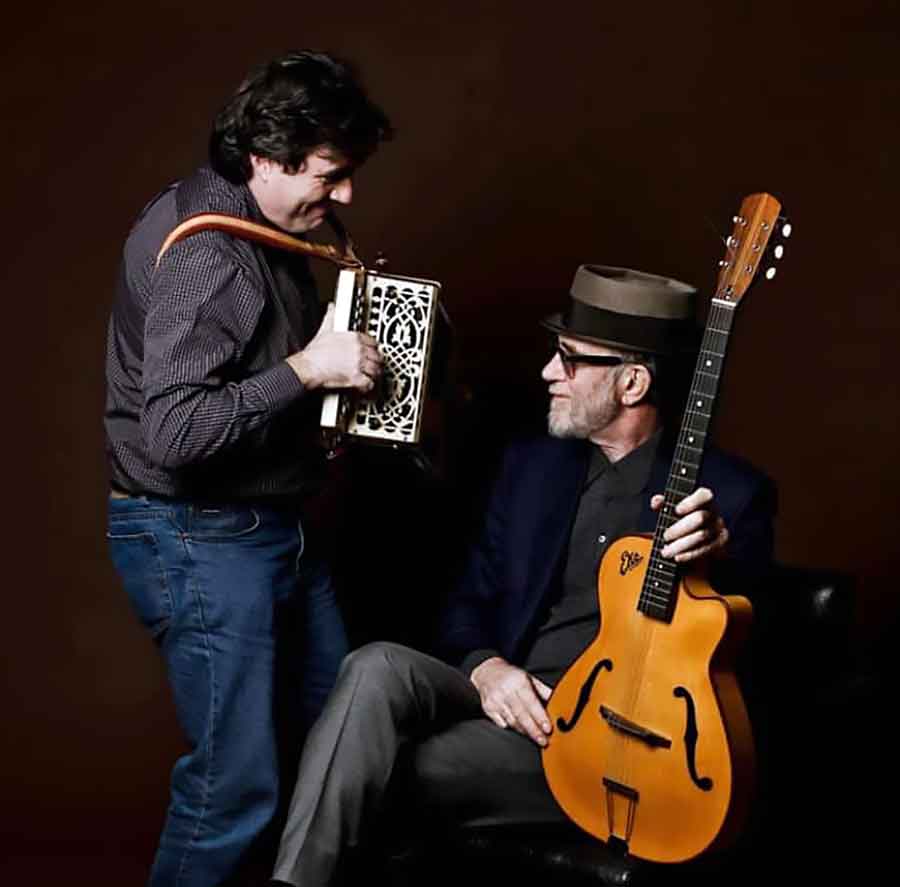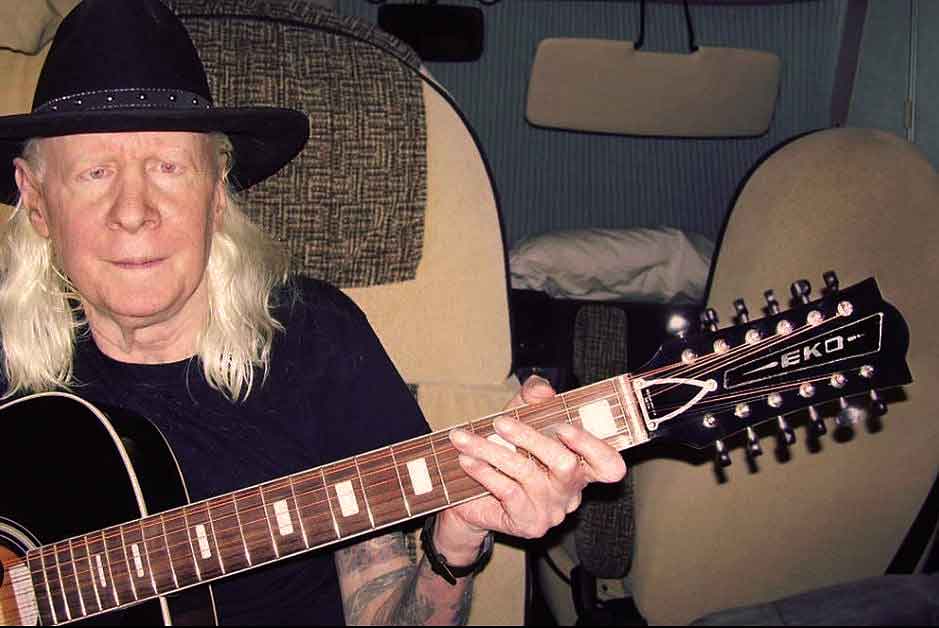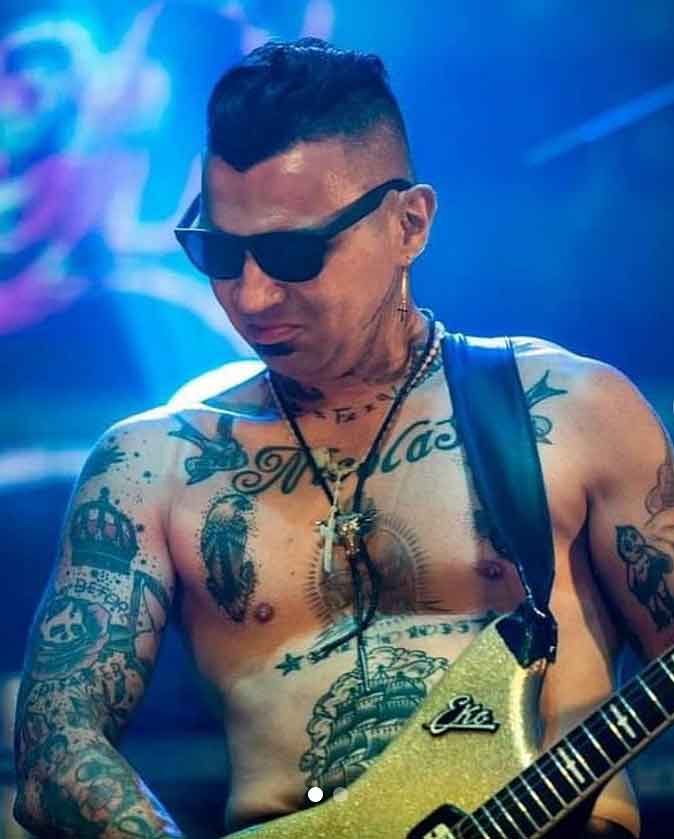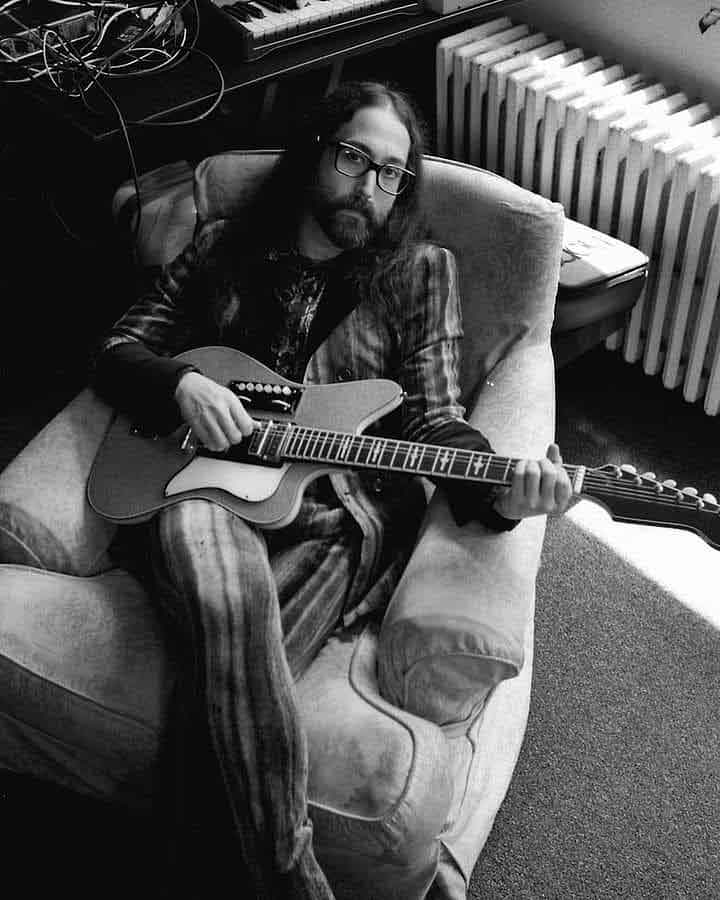”We have come to the end of the Eko epic, an adventure that runs over three very dense decades and that sees its conclusion with the Master, Performance and SA series, at the same time spearhead and swan song of the historic brand.
Lorenzo
The end of the 70s and the beginning of the 80s had seen the birth of high-quality instruments, entirely in solid wood and with Val di Fiemme spruce tops, such as the Alborada and Giuliani for classical guitars and the Korral Special and Chetro for the acoustics.
About Giuliani, the 1981 catalog quoted:
“Concert guitar built to order only. An exceptional instrument from all points of view etc. And it follows:” The Giuliani is the only guitar available today for which the manufacturer can guarantee the level of both power and sound quality. Only the instruments that pass the very strict final tests of the E.A.R.L. (ACOUSTIC RESEARCH LABORATORY) in fact obtained the name Giuliani. ”
On the electrical side, unibodies instruments were born, both bass and guitars, such as the M24, M20, CX7 and the BX7 and MB21 basses. The hardware was in solid brass and was produced in the internal workshops together with the excellent pick-ups (anti-hum in barium hexaferrite and in American alnico 5 ° – a special alloy of aluminum, nickel, chromium, cobalt and copper) which were offered as an alternative to the DiMarzio.
A 1981 “Strumenti Musicali” article – click on images to read
There was also a very small production of DM, namely the double-neck versions of the M24 which were created at 10 (guitar and bass), 16 (guitar 12 strings and bass) and 18 strings (neck 6 and neck 12).
Other new models were the C33 and C44 with a 42 mm thick solid maple body and maple neck.
The famous M33 Short Gun was also born in the late 70s and early 80s, commonly known as the “Rifle” due to the strange shape of the body (always in solid spruce from Val di Fiemme) in the shape of a rifle butt.
In those years Eko also began a collaboration with Camac for the German market.
The same technique was also used for the C11, inspired by the Gibson SG. The bass series was also renewed with a new series: alongside the C01 and C02 guitars, the B02 was created with the same construction techniques and short-scale neck.
The B55 and B55S were born as long scale Fender-style basses, again with the Val di Fiemme spruce body with Natural, Cherry and Walnut finishes (they could also be ordered fretless).
A separate discussion was the rare C22, a beautiful, very light and extremely playable Les Paul, built with a particular wood called Jelutong. So few were made that it is almost impossible to find and whoever has one keeps it or makes you pay big money for it.
Also for these lines, there was a choice between Eko or DiMarzio pickups (the final letter S in the acronym meant that the instrument was DiMarzio equipped).
The first acoustic electrification system was the Shadow piezoelectric (the best pickups available at the time) and consequently, the need to have an amplifier to match the purpose also arose. At the amplifier section department, whose head was Ferdinando Canale (later founder of SR-Technology and Sound Engineering), they created the wonderful and excellent SC800, still with a Val di Fiemmecabinet, of which two batches of 50 were produced.
In the early 80s, as regards the production of guitars, the classics section saw, in addition to the already existing Alborada and Giuliani, the birth of the Conservatory 51 and Conservatory 53, both with solid Val di Fiemme top and the whole Carulli, all in solid wood.
For the acoustics, from 1983 also Eldorado had a solid Val di Fiemme top and the D100FP model was born, again with a solid top in precious Val di Fiemme.
In 1984 Korral and Chetro remained in production, the Ranger disappeared and the AW took over in the 6 and 12 string versions with electromagnetic amplification in the neck or a piezo in the bridge.
The new TK Classic became the top model of the classical guitar, with a thin body, entirely in solid wood and with a pre-amp system: only about thirty pieces were built.
The Tk was also introduced in the Acoustic version, always with a thin body and preamp (very similar to the Takamine EF391MR).
At the time the greatest Italian musicians used EKO acoustic instruments. The Korral and Chetro were commonly played by Guccini, Franco Mussida, Teresa De Sio, Stefano Rosso, Ricchi e Poveri, Mauro Pagani, Mario Castelnuovo, Marco Ferradini, Lucio Violino Fabbri, Claudio Baglioni (also with SC800), Ivan Graziani, Goran Kuzminac , Ricky Gianco, Fausto Leali, Francis Kuipers, Edoardo Bennato.
For electric instruments, the M6 and M7 arrived in 1983, equipped with “Magnetics” pickups, both active, and the MB9 and MB10 basses, also coming with “Magnetics” pickups.
In 1984 the Master series saw the light with the M4, the M4 and M4S Electroacoustic model (presented at the Milan fair just before the bankruptcy), the M5, the M7 and the M7 Deluxe. The Electroacoustic system was an EKO patent that featured a piezoelectric pickup with 6 separate saddles inserted into the bridge of an electric guitar.
The Performance series was also born, with the P100, P100 DeLuxe, P200, P200 DeLuxe guitars. These models had a solid alder body and maple neck. The P100 Gipsy was like the P100 but had a built-in amplifier with a speaker between the bridge pick-up and the neck.
The basses of the performance series were the B25 and B55.
To meet the needs of a young rock audience, the Thunderbolt series was also born, with the T40 model (DiMarzio humbucker pick-up at the bridge) and the T50 with two pick-ups and a new body design.
The semi-acoustics were also renewed, with the SA29, SA39, SA39 Custom models. The top models were the SA396 and SA396 Custom, both with 60 mm high bodies and Attila Zoller or DiMarzio DP106 pick-ups.
In 1984 all the company’s financial problems began to arise, so Eko consequently closed in 1985. The bankruptcy petition is dated May 21, 1986, followed by a sale managed by the bankruptcy trustee and so, sadly, ends the story of the REAL EKO.
Ekoists in the 80s
Ivan Graziani with Korral
Ivan Graziani wth M-55 “Short Gun”
Edoardo Bennato with Ranger 12 Electra
Edoardo Bennato with Korral e Lucio Bardi with M-24
Edoardo Bennato with E85 in the Eko rehearsal room
Franco Mussida (PFM) with DM-18
Patrick Djivas (PFM) with MB-21
Patrick Djivas and Franco Mussida
Flavio Premoli (PFM) with Ekosynth P15
Rino Gaetano with a rare Bouzouki
Bernardo Lanzetti (Acqua Fragile – PFM) with M-24
Donatella Rettore with a “rising Sun” M-33
CLICK THE BUTTON AND WATCH!
Donatella Rettore – “Oblio” with CX-7 Artist, M-24 and BX-7
The Knack with M33
Shane McGowan (The Pogues) with Ranger 12
Andy Wickett (formerly of Duran Duran) with Ranger 12
Ricchi e Poveri with Chetro and Korral
Vasco Rossi with Ranger 12 Electra
Roberto Puleo and CX-7 Artist for Riccardo Fogli
Ekoists today
We greet and thank our friend Julien D’Escargot for very kind and fundamental advice and for the enormous amount of material made available: without him the entire Eko article would not have been possible.
Some of the material was found in the FB group “Eko vintage guitars”, where former Eko staff and enthusiasts share images in their possession or found on the web. A sincere thanks therefore also go to all of them.

